Image of 1963 Plymouth Fleet Special, Note: These illustrations use artistic license and may differ from actual historical models.
Performance Metrics
Fundamental Metrics
Emotional Appeal
MMP Rating
| Engine Specifications | |
|---|---|
| Engine Options: | Inline 6, V8 |
| Displacement Range: | 225-318 cu in |
| Horsepower Range: | 145-230 hp |
| Torque: | 215-340 lb-ft |
| Compression Ratio: | 8.5:1 - 9.2:1 |
| Ignition System: | Conventional, distributor |
| Cooling System: | Liquid-cooled |
| Performance Specifications | |
| 0-60 Time: | Estimated 10-12 seconds |
| 1/4 Mile Time: | Estimated 17-19 seconds |
| Top Speed: | 105-115 mph |
| Transmission and Drive | |
| Drive Type: | Rear-wheel drive |
| Transmission Type: | 3-speed manual, 3-speed automatic |
| Fuel and Efficiency | |
| Fuel System Type: | Carburetor |
| MPG: | Estimated 10-15 mpg |
| Dimensions and Brakes | |
| Brakes: | Drum brakes |
| Wheelbase: | 116 inches |
| Weight: | 3,200-3,500 lbs |
Note: Specifications for classic cars are given to the best of our ability, considering the limited and variant data available.
Unveiling the 1963 Plymouth Fleet Special: A Hidden Gem of Automotive History
In the pantheon of classic cars, some names thunder with legacy, while others whisper tales of understated elegance and purposeful design. The 1963 Plymouth Fleet Special is one such unsung hero, a vehicle that offered a blend of practicality and performance in an era of automotive excess. Born from the industrious halls of the Plymouth division of Chrysler Corporation, this model was crafted to satisfy a niche market that desired both the reliability of a fleet car and the allure of a family sedan.
The early '60s were a time of transformation in the American automotive industry, with manufacturers vying for dominance through innovation and style. Amidst this backdrop, the Fleet Special emerged as a testament to Plymouth's commitment to value and efficiency. Notably, it was during this period that Plymouth would introduce features like the alternator in place of generators, showcasing their forward-thinking approach to automotive engineering.
Design and Innovation: A Study in Subtlety and Function
The exterior styling of the 1963 Plymouth Fleet Special was a harmonious blend of clean lines and subtle curves—a stark contrast to some of its flamboyant contemporaries. Its body was adorned with minimal chrome accents, allowing its solid colors to speak volumes about its understated confidence. Inside, passengers were greeted by an interior that prioritized comfort and durability over opulence. Materials were chosen for longevity, anticipating the demands of fleet usage while still providing a pleasant tactile experience for private owners.
For its time, the Fleet Special was equipped with technological advancements that were impressive yet pragmatic. From push-button automatic transmissions to simple but effective heating systems, it offered conveniences designed to make everyday driving less cumbersome. Color options ranged from subdued to vibrant, with popular choices reflecting the tastes of an era gradually moving away from pastel dominance. Body styles included sedans and wagons, with the four-door sedan configuration being particularly favored for its balance of form and function.
Historical Significance: More Than Meets the Eye
The 1963 Plymouth Fleet Special may not have rewritten the rulebook on automotive design or technology, but its impact was felt in subtler ways. It represented a bridge between utilitarian fleet cars and private vehicles, offering attributes desirable to both markets without compromise. Its presence helped solidify Plymouth's reputation as a brand capable of delivering quality without pretense—a philosophy that would resonate well beyond its production years.
Performance and Handling: The Road Less Glorified
Underneath its reserved exterior lay an engine capable of delivering respectable performance figures for its class. While top speed and acceleration data may not have set records, they provided more than adequate propulsion for everyday driving scenarios. Handling characteristics were tuned for comfort rather than sportiness; however, drivers could still appreciate a sense of connection with the road thanks to well-weighted steering and effective suspension tuning that absorbed imperfections without drama.
Driving a 1963 Plymouth Fleet Special was about enjoying simplicity and reliability—the hum of its engine and the smooth operation of its components created an unobtrusive yet satisfying experience behind the wheel.
Ownership Experience: Versatility at Its Core
Owners utilized their Fleet Specials in various ways—from dependable daily transportation to serving as sturdy workhorses for businesses. Maintenance was straightforward by design, ensuring that repairs could be conducted without specialized knowledge or tools. This accessibility contributed significantly to its reliability reputation over time.
Fun Facts: The Fleet Special's Unique Place in History
While not as celebrated as some high-profile models, the 1963 Plymouth Fleet Special had its share of interesting tidbits. For instance, it was often chosen by government agencies for official use due to its cost-effectiveness and robust construction. Although not known for breaking speed records or dominating sales charts, it carved out a niche that endeared it to those who valued practicality over pomp.
Critics might have deemed it too conservative in an age where extravagance often took center stage, but this very restraint has become a point of appreciation among classic car enthusiasts today.
Collector's Information: Assessing Value and Rarity
As with many classic cars, determining exact production numbers can be challenging; however, it is estimated that thousands were produced given their fleet-oriented nature. Today's collector market sees varying degrees of interest in models like the Fleet Special—with values contingent on condition, originality, and historical significance. Current estimates place well-preserved examples within a broad value range—reflecting both their relative scarcity compared to more mainstream classics and their growing appeal among collectors who appreciate their unique story.
Conclusion: Celebrating an Understated Classic
The 1963 Plymouth Fleet Special may never command the same attention as some iconic muscle cars or luxury cruisers from its era—but therein lies its charm. It stands as a testament to an age when utility could coexist with elegance; when being unassuming didn't equate to being unremarkable. For those who seek out these hidden gems of automotive history, the Fleet Special offers a narrative rich with subtlety—a narrative that continues to captivate aficionados around the world.
1963 Plymouth Fleet Special Catalog of Parts
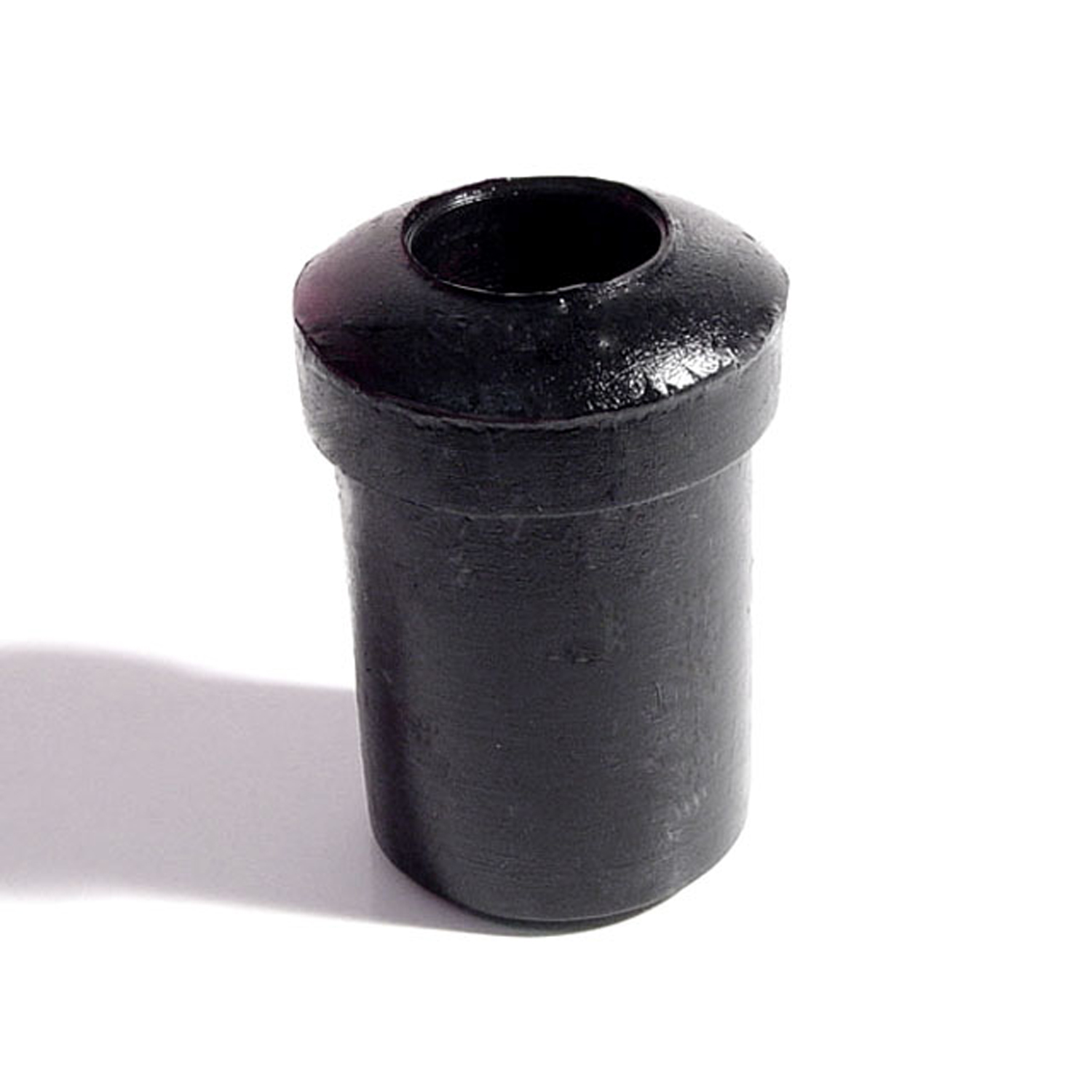 1963 Plymouth Fleet Special Spring and Shackle Bushing. 1" bottom O.D-BN 20Spring and Shackle Bushing. 1" bottom O.D. X 1-5/8" high, with 9/16" I.D. Each
1963 Plymouth Fleet Special Spring and Shackle Bushing. 1" bottom O.D-BN 20Spring and Shackle Bushing. 1" bottom O.D. X 1-5/8" high, with 9/16" I.D. Each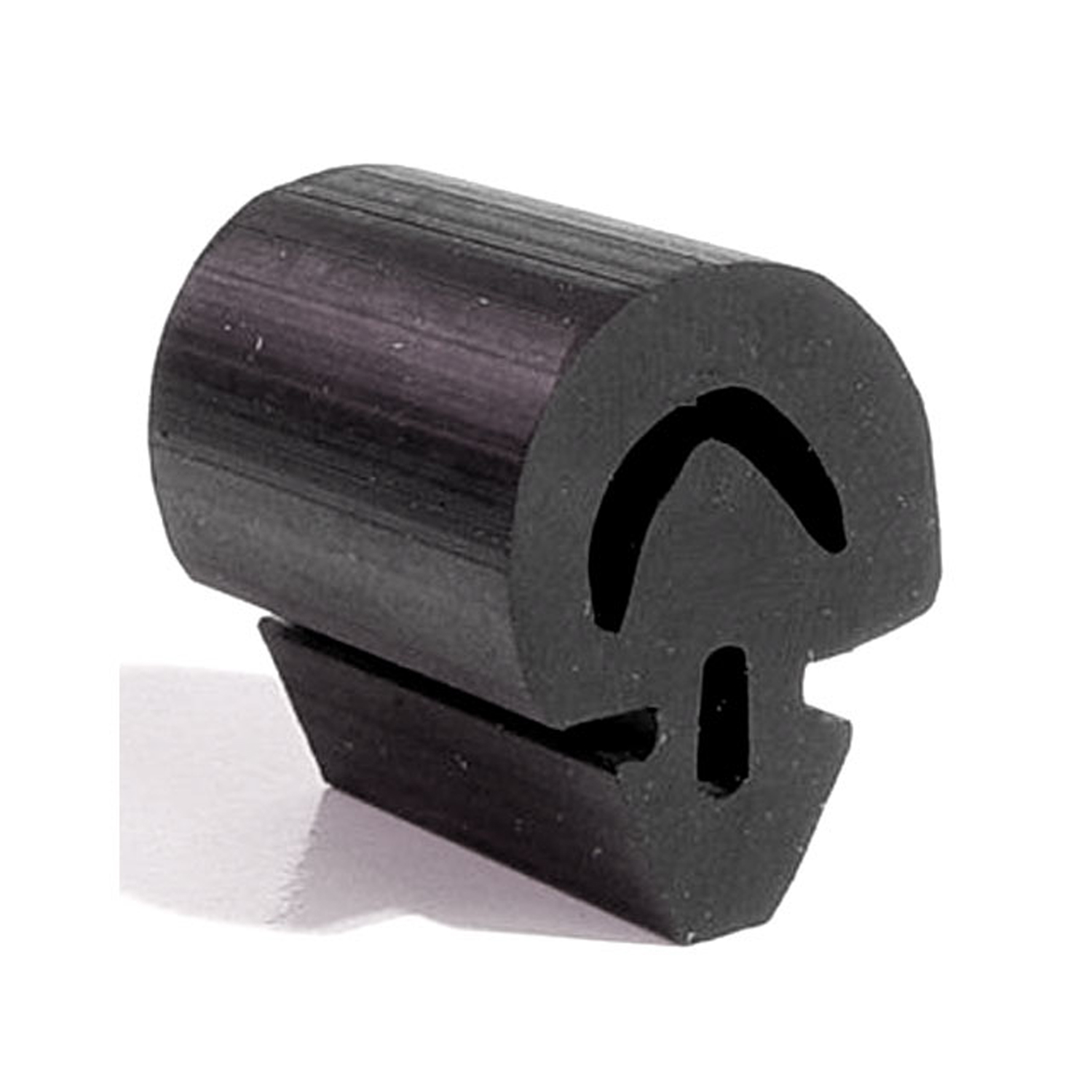 1963 Plymouth Fleet Special Door Bumper. 3/4" high X 1/2" wide X 5/8" long-DB 50-MDoor Bumper. 3/4" high X 1/2" wide X 5/8" long. Four used per car. Each
1963 Plymouth Fleet Special Door Bumper. 3/4" high X 1/2" wide X 5/8" long-DB 50-MDoor Bumper. 3/4" high X 1/2" wide X 5/8" long. Four used per car. Each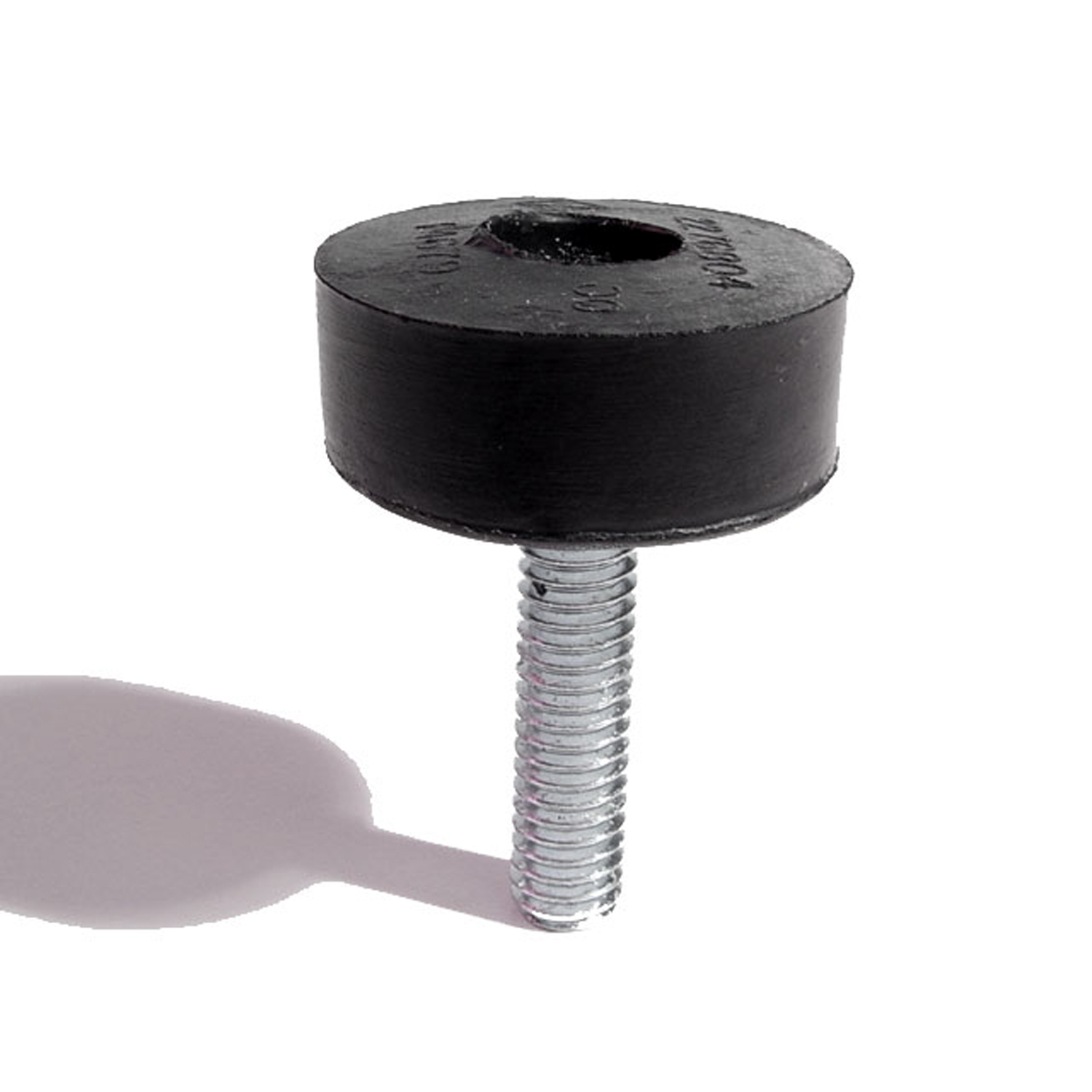 1963 Plymouth Fleet Special Hood Adjustment Bolt and Bumper-HA 8Hood Adjustment Bolt and Bumper. 1-3/16" diameter rubber head. 5/16" thick X 18 threads/inch X 1-1/4" long bolt. Each
1963 Plymouth Fleet Special Hood Adjustment Bolt and Bumper-HA 8Hood Adjustment Bolt and Bumper. 1-3/16" diameter rubber head. 5/16" thick X 18 threads/inch X 1-1/4" long bolt. Each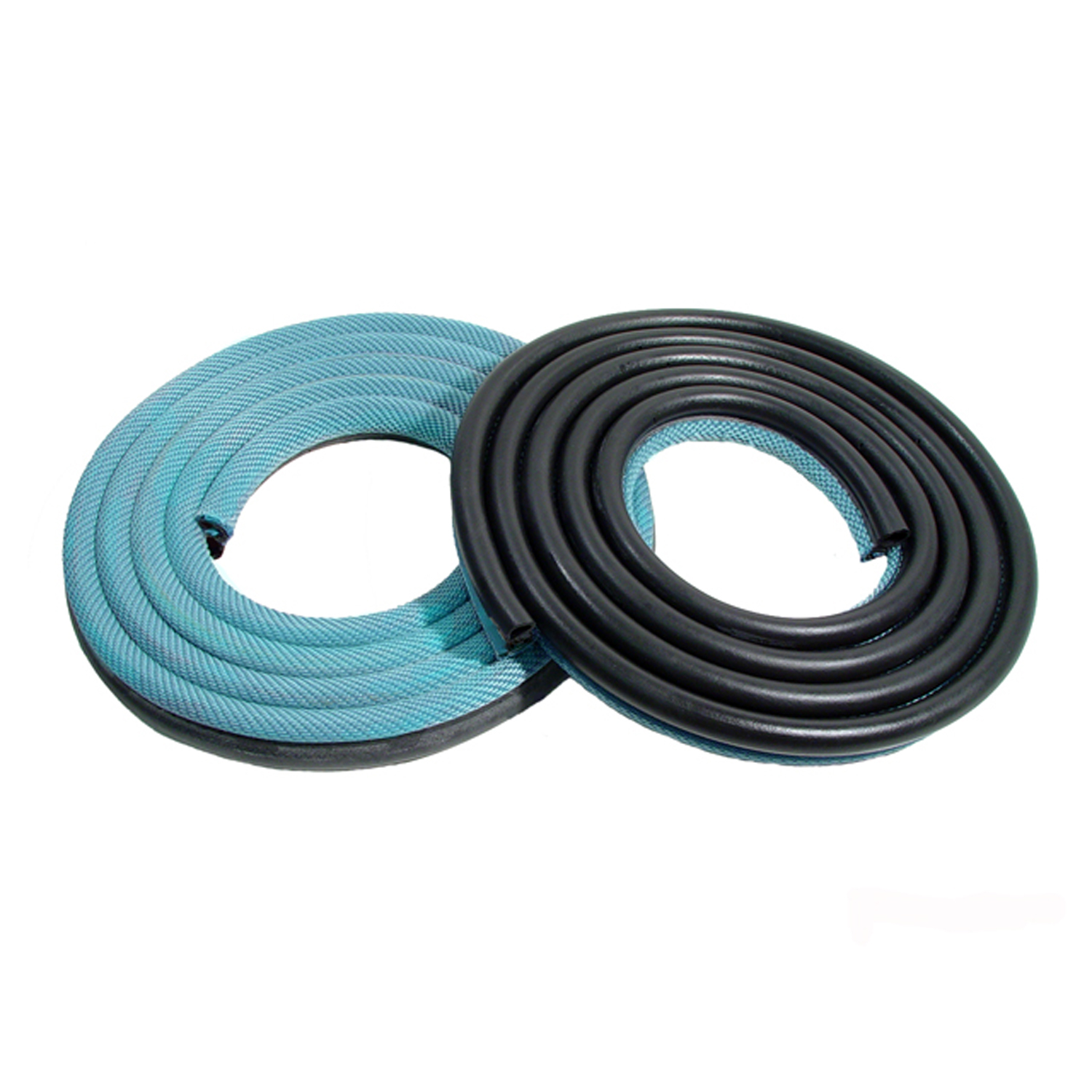 1963 Plymouth Fleet Special Door Seals for 2-Door Sedan. Aqua/Turquoise-LM 23-HAQUDoor Seals for 2-Door Sedan. Aqua/Turquoise. 26 Feet total per pair, 13 feet per side. Pair
1963 Plymouth Fleet Special Door Seals for 2-Door Sedan. Aqua/Turquoise-LM 23-HAQUDoor Seals for 2-Door Sedan. Aqua/Turquoise. 26 Feet total per pair, 13 feet per side. Pair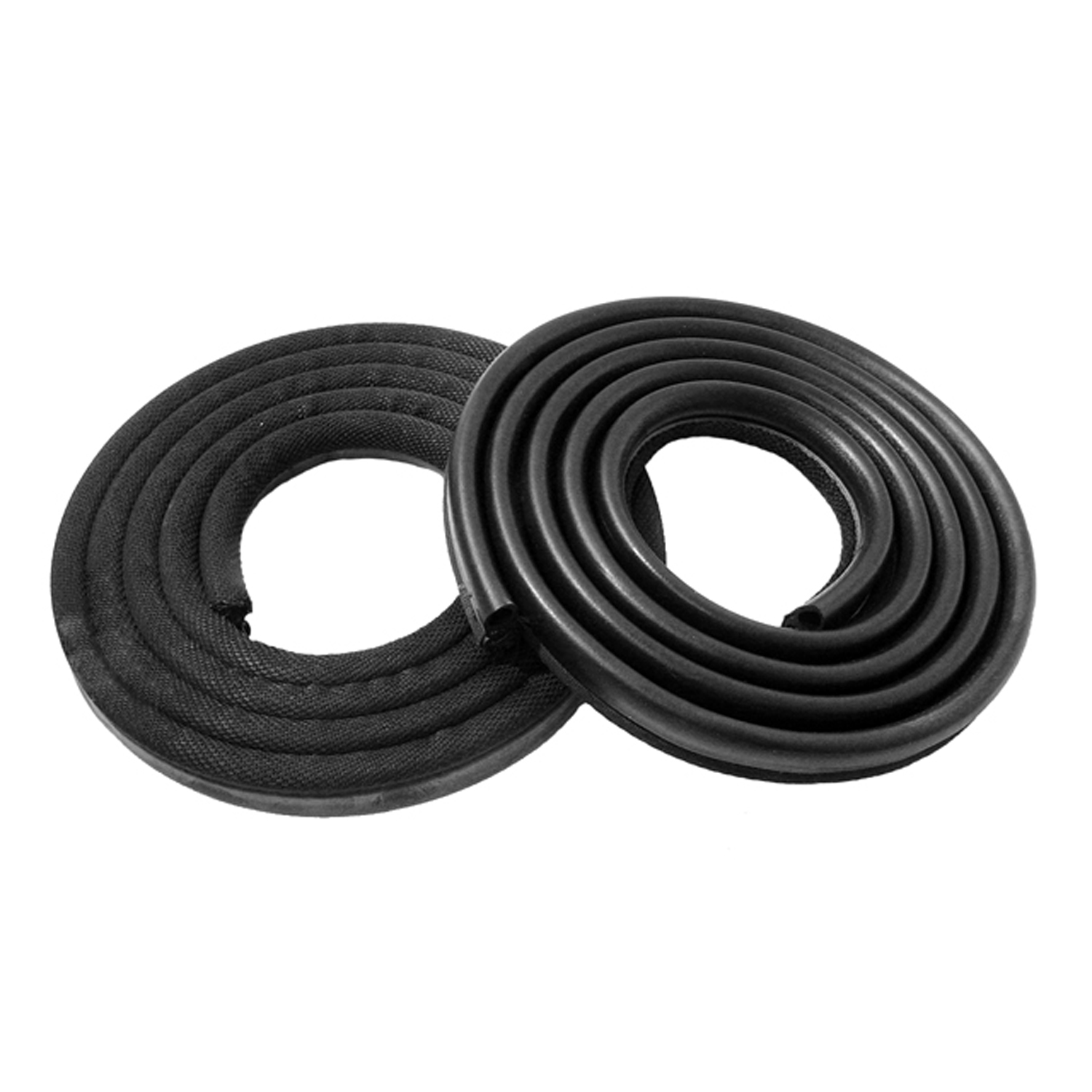 1963 Plymouth Fleet Special Door Seals for 2-Door Sedan. Black-LM 23-HBLKDoor Seals for 2-Door Sedan. Black. 26 Feet total per pair, 13 feet per side. Pair
1963 Plymouth Fleet Special Door Seals for 2-Door Sedan. Black-LM 23-HBLKDoor Seals for 2-Door Sedan. Black. 26 Feet total per pair, 13 feet per side. Pair 1963 Plymouth Fleet Special Door Seals for 2-Door Sedan. Metallic Blue-LM 23-HBLUDoor Seals for 2-Door Sedan. Metallic Blue. 26 Feet total per pair, 13 feet per side. Pair
1963 Plymouth Fleet Special Door Seals for 2-Door Sedan. Metallic Blue-LM 23-HBLUDoor Seals for 2-Door Sedan. Metallic Blue. 26 Feet total per pair, 13 feet per side. Pair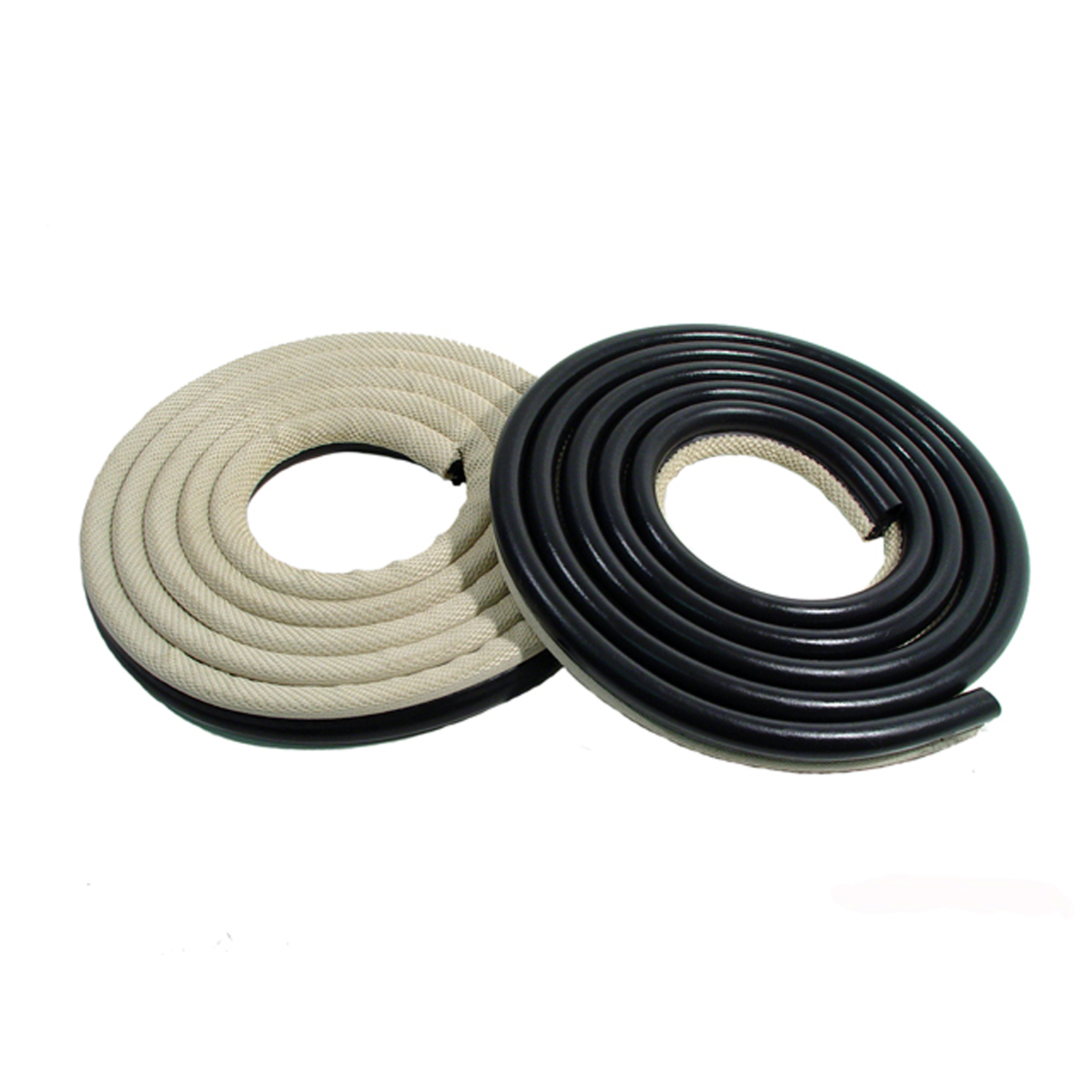 1963 Plymouth Fleet Special Door Seals for 2-Door Sedan. Champagne-LM 23-HCHPDoor Seals for 2-Door Sedan. Champagne. 26 Feet total per pair, 13 feet per side. Pair
1963 Plymouth Fleet Special Door Seals for 2-Door Sedan. Champagne-LM 23-HCHPDoor Seals for 2-Door Sedan. Champagne. 26 Feet total per pair, 13 feet per side. Pair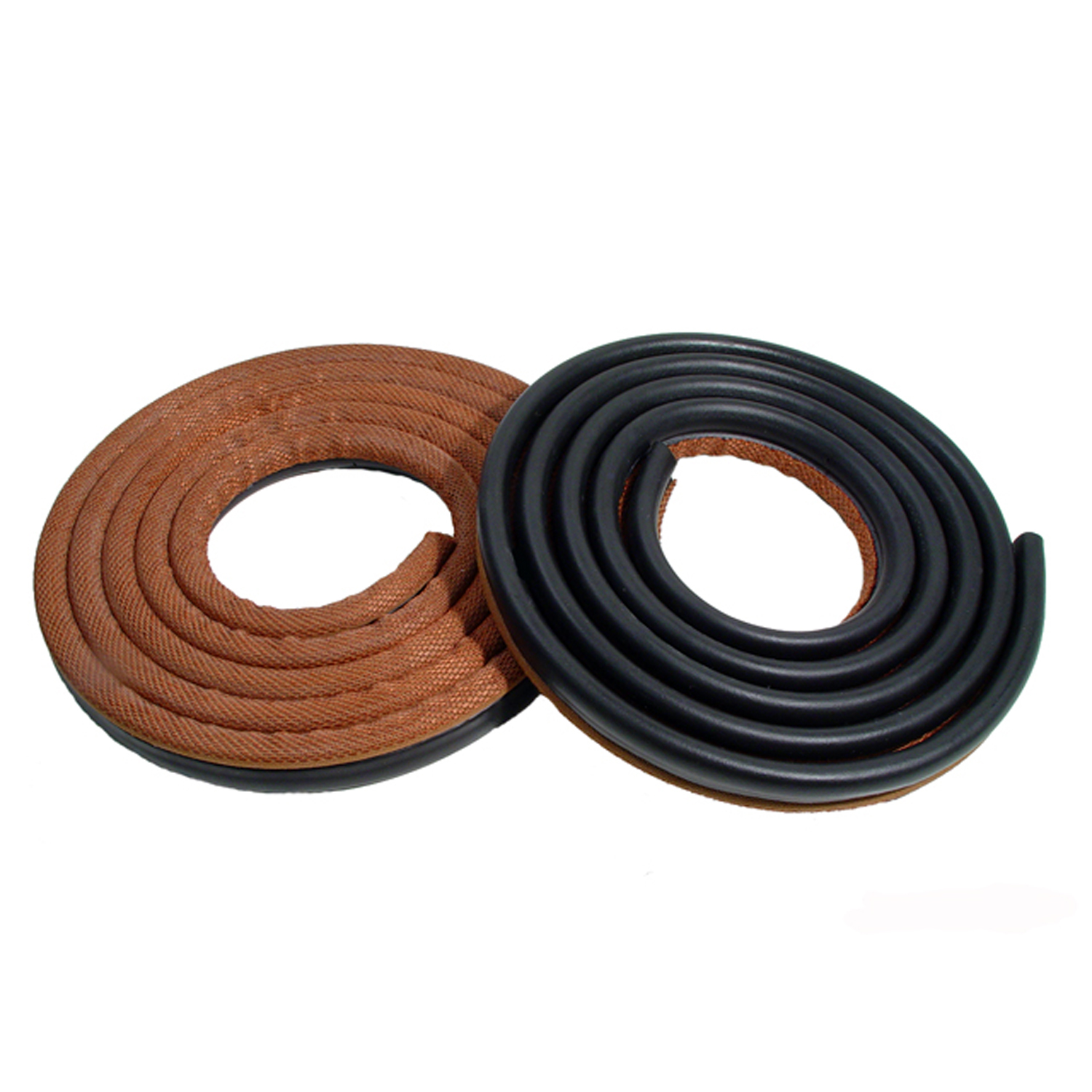 1963 Plymouth Fleet Special Door Seals for 2-Door Sedan. Copper/Brown-LM 23-HCOPDoor Seals for 2-Door Sedan. Copper/Brown. 26 Feet total per pair, 13 feet per side. Pair
1963 Plymouth Fleet Special Door Seals for 2-Door Sedan. Copper/Brown-LM 23-HCOPDoor Seals for 2-Door Sedan. Copper/Brown. 26 Feet total per pair, 13 feet per side. Pair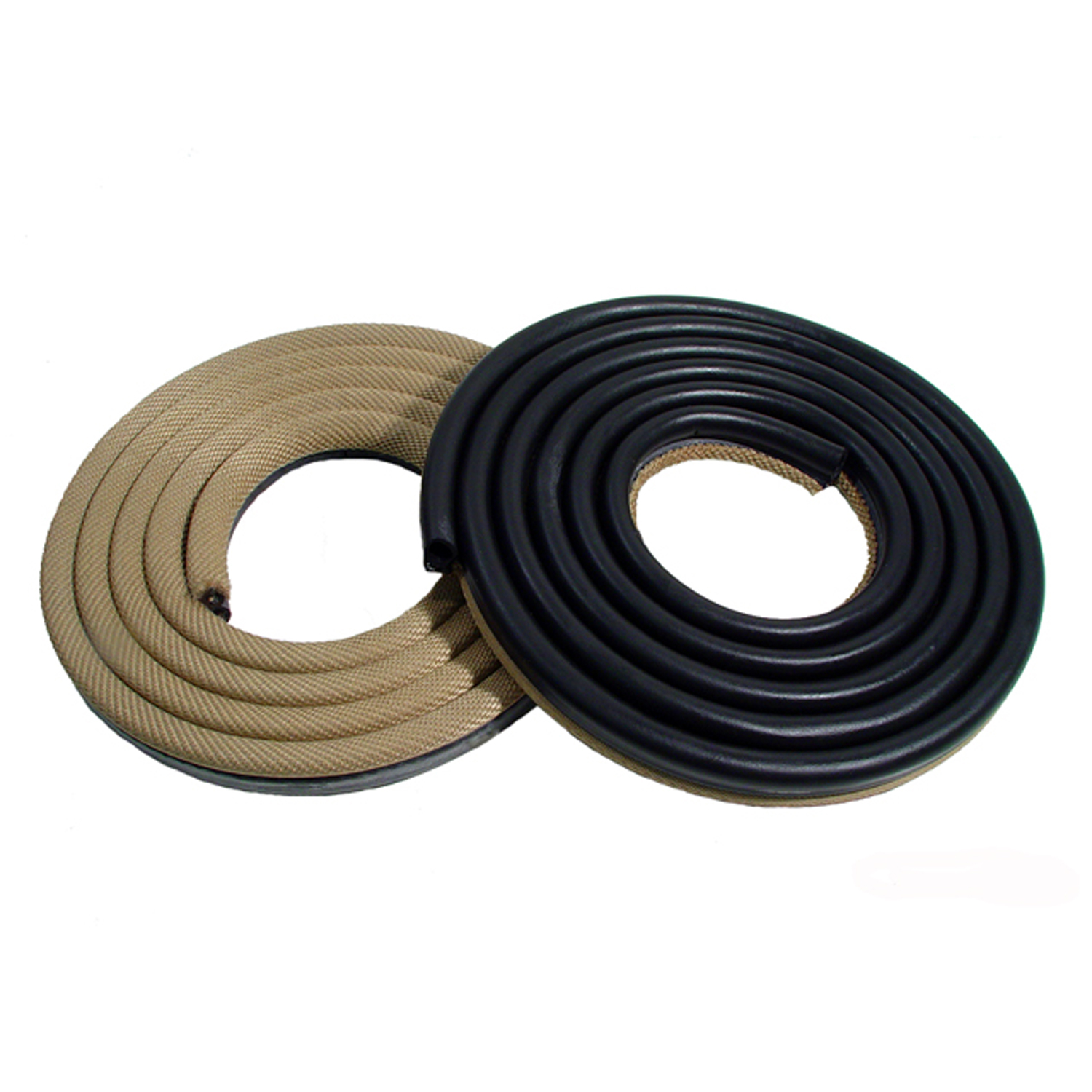 1963 Plymouth Fleet Special Door Seals for 2-Door Sedan. Fawn/Sand-LM 23-HFWNDoor Seals for 2-Door Sedan. Fawn/Sand. 26 Feet total per pair, 13 feet per side. Pair
1963 Plymouth Fleet Special Door Seals for 2-Door Sedan. Fawn/Sand-LM 23-HFWNDoor Seals for 2-Door Sedan. Fawn/Sand. 26 Feet total per pair, 13 feet per side. Pair 1963 Plymouth Fleet Special Door Seals for 2-Door Sedan. Green/Gold-LM 23-HGREDoor Seals for 2-Door Sedan. Green/Gold. 26 Feet total per pair, 13 feet per side. Pair
1963 Plymouth Fleet Special Door Seals for 2-Door Sedan. Green/Gold-LM 23-HGREDoor Seals for 2-Door Sedan. Green/Gold. 26 Feet total per pair, 13 feet per side. Pair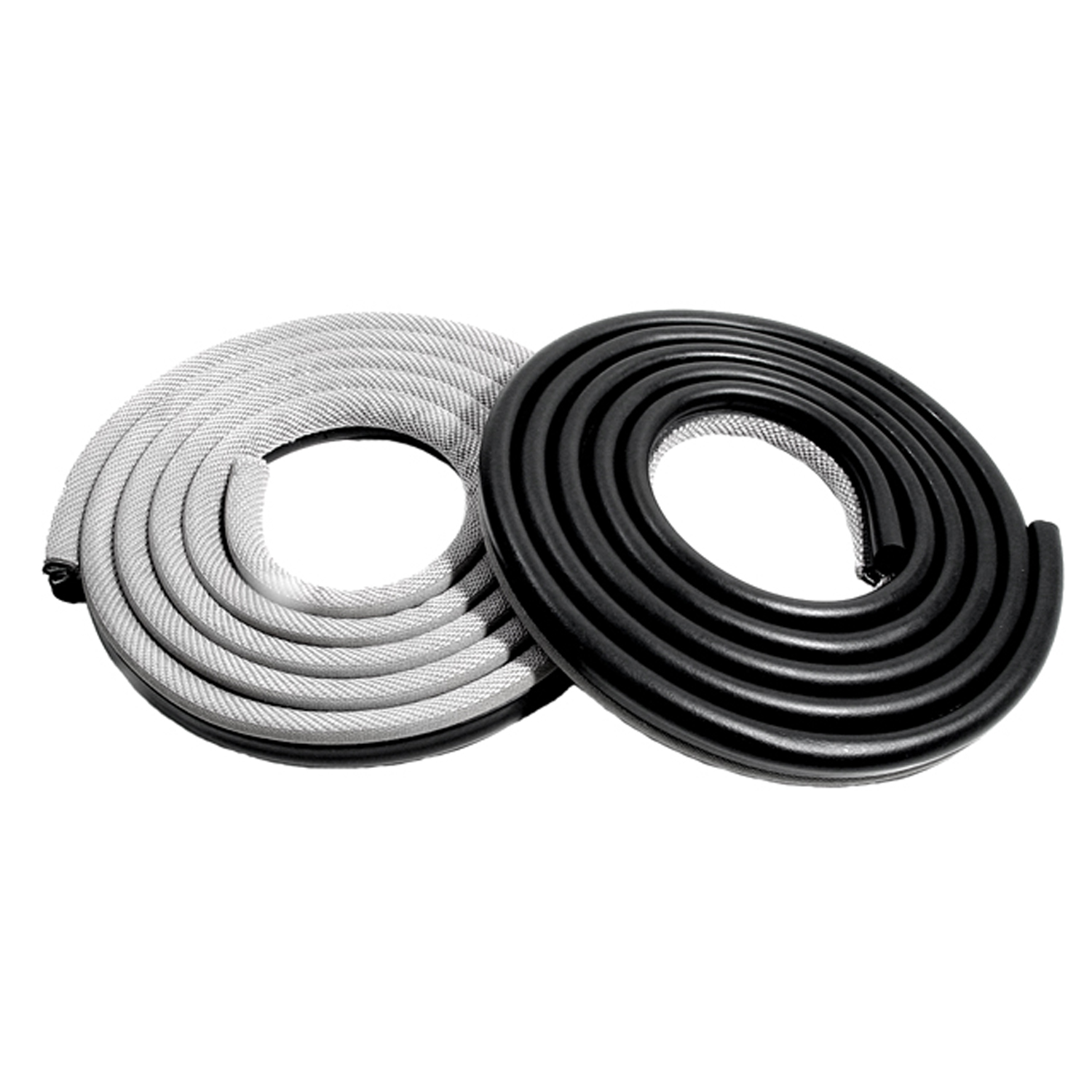 1963 Plymouth Fleet Special Door Seals for 2-Door Sedan. Grey-LM 23-HGRYDoor Seals for 2-Door Sedan. Grey. 26 Feet total per pair, 13 feet per side. Pair
1963 Plymouth Fleet Special Door Seals for 2-Door Sedan. Grey-LM 23-HGRYDoor Seals for 2-Door Sedan. Grey. 26 Feet total per pair, 13 feet per side. Pair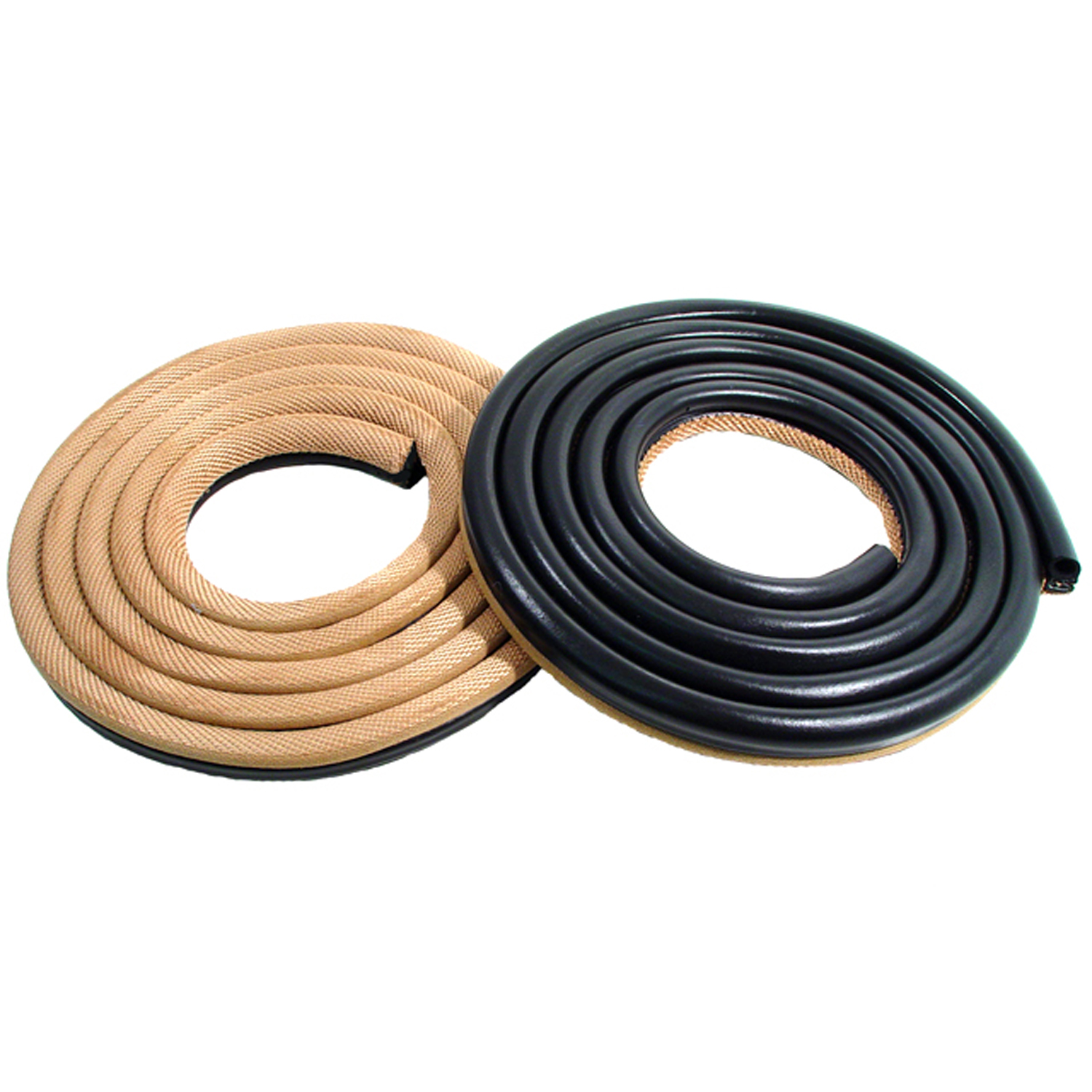 1963 Plymouth Fleet Special Door Seals for 2-Door Sedan. Palomino(Tan/Rose)-LM 23-HPALDoor Seals for 2-Door Sedan. Palomino(Tan/Rose). 26 Feet total per pair, 13 feet per side. Pair
1963 Plymouth Fleet Special Door Seals for 2-Door Sedan. Palomino(Tan/Rose)-LM 23-HPALDoor Seals for 2-Door Sedan. Palomino(Tan/Rose). 26 Feet total per pair, 13 feet per side. Pair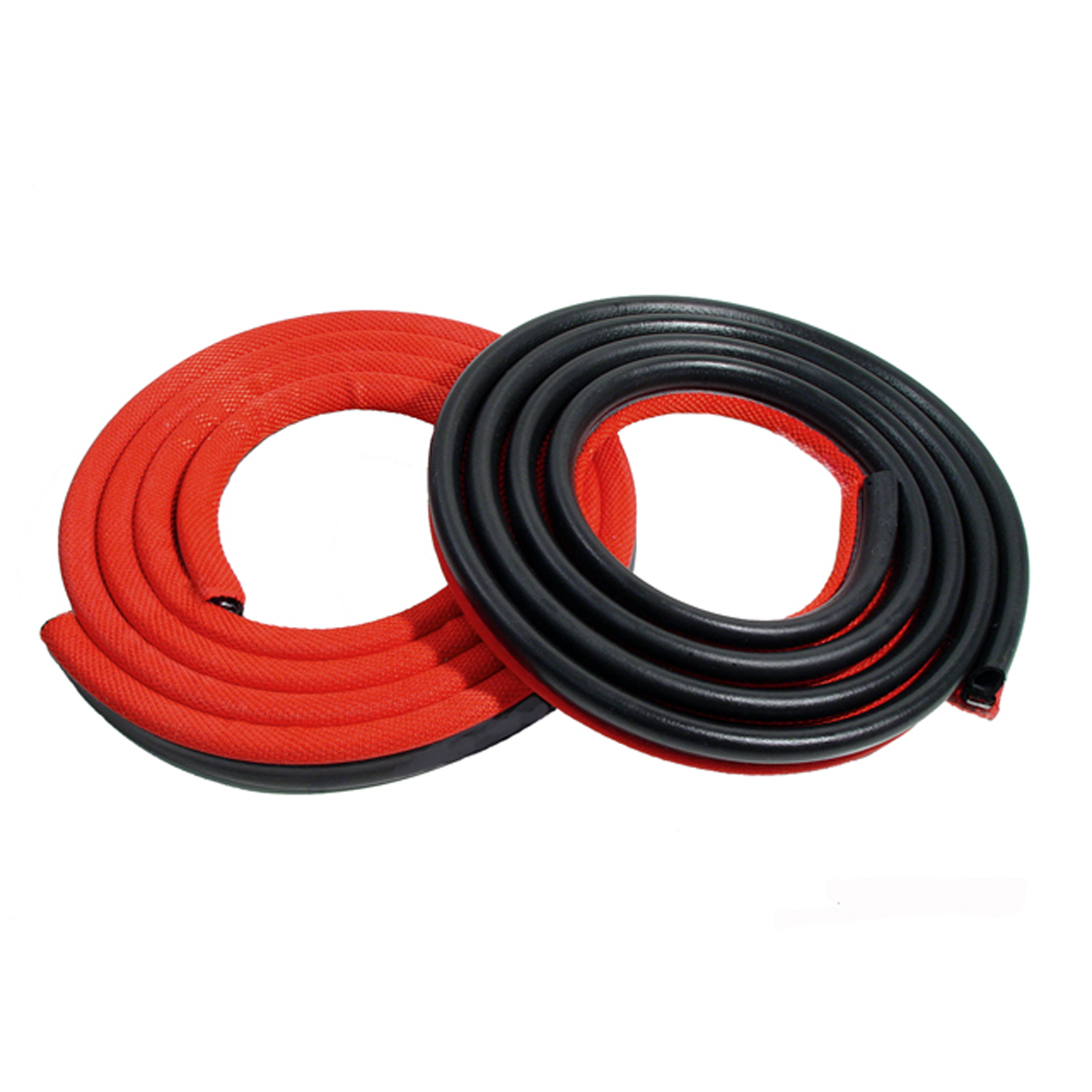 1963 Plymouth Fleet Special Door Seals for 2-Door Sedan. Red-LM 23-HREDDoor Seals for 2-Door Sedan. Red. 26 Feet total per pair, 13 feet per side. Pair
1963 Plymouth Fleet Special Door Seals for 2-Door Sedan. Red-LM 23-HREDDoor Seals for 2-Door Sedan. Red. 26 Feet total per pair, 13 feet per side. Pair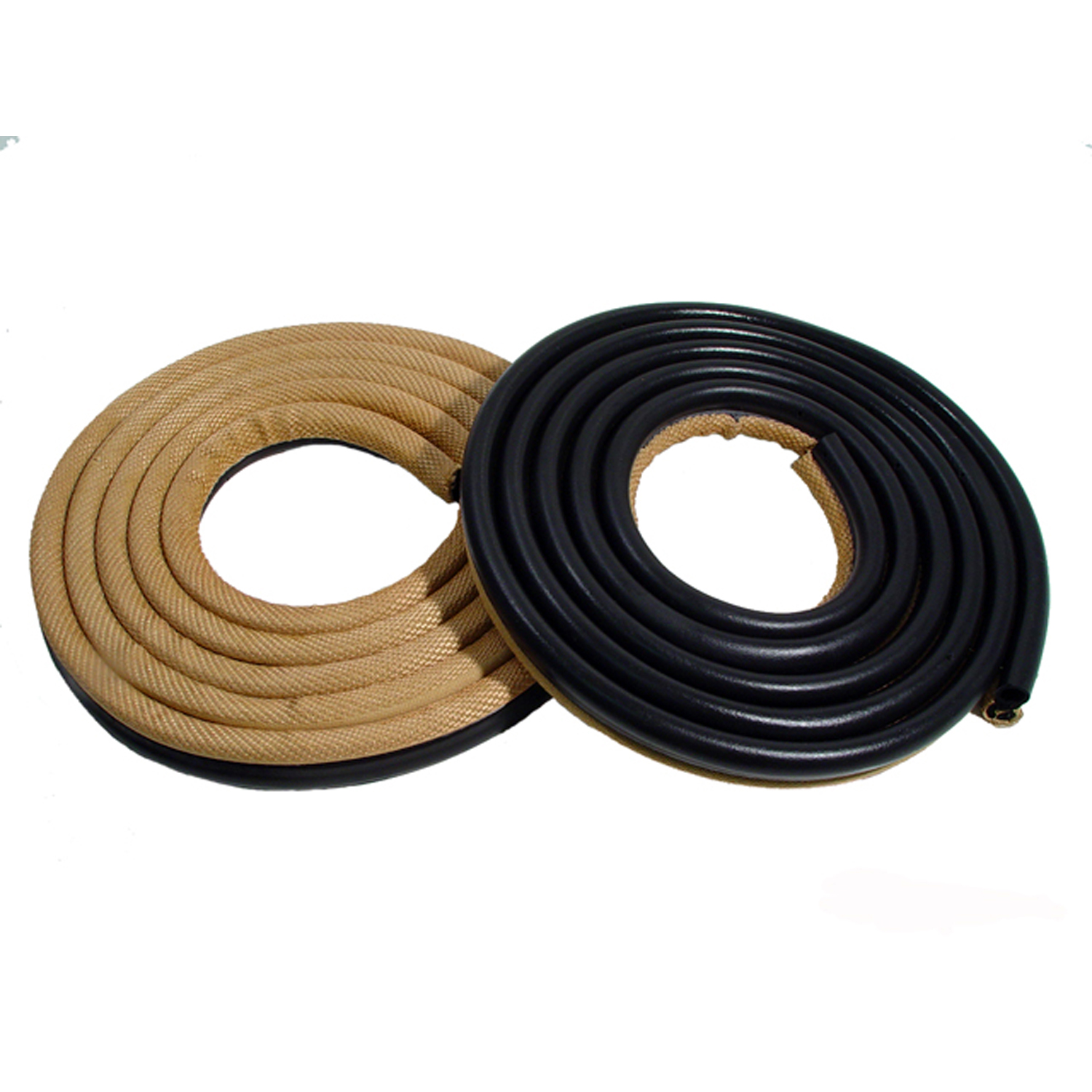 1963 Plymouth Fleet Special Door Seals for 2-Door Sedan. Tan/Beige(Gold)-LM 23-HTANDoor Seals for 2-Door Sedan. Tan/Beige(Gold). 26 Feet total per pair, 13 feet per side. Pair
1963 Plymouth Fleet Special Door Seals for 2-Door Sedan. Tan/Beige(Gold)-LM 23-HTANDoor Seals for 2-Door Sedan. Tan/Beige(Gold). 26 Feet total per pair, 13 feet per side. Pair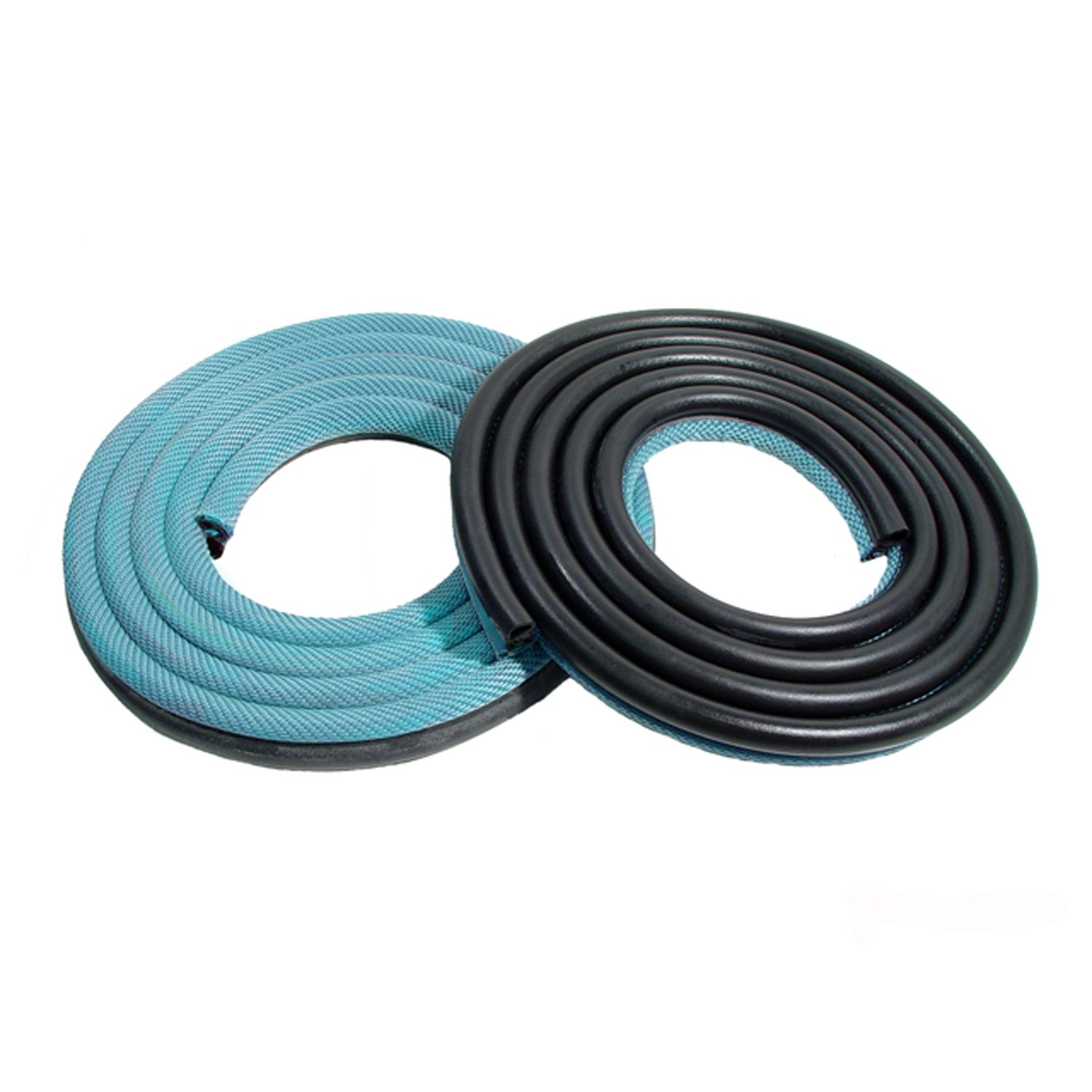 1963 Plymouth Fleet Special Front Door Seals for 4-Door Sedan. Aqua/Turquoise. 22-LM 23-JAQUFront Door Seals for 4-Door Sedan. Aqua/Turquoise. 22.5 Feet total per pair, 11.25 feet per side. Pair
1963 Plymouth Fleet Special Front Door Seals for 4-Door Sedan. Aqua/Turquoise. 22-LM 23-JAQUFront Door Seals for 4-Door Sedan. Aqua/Turquoise. 22.5 Feet total per pair, 11.25 feet per side. Pair 1963 Plymouth Fleet Special Front Door Seals for 4-Door Sedan. Black. 22-LM 23-JBLKFront Door Seals for 4-Door Sedan. Black. 22.5 Feet total per pair, 11.25 feet per side. Pair
1963 Plymouth Fleet Special Front Door Seals for 4-Door Sedan. Black. 22-LM 23-JBLKFront Door Seals for 4-Door Sedan. Black. 22.5 Feet total per pair, 11.25 feet per side. Pair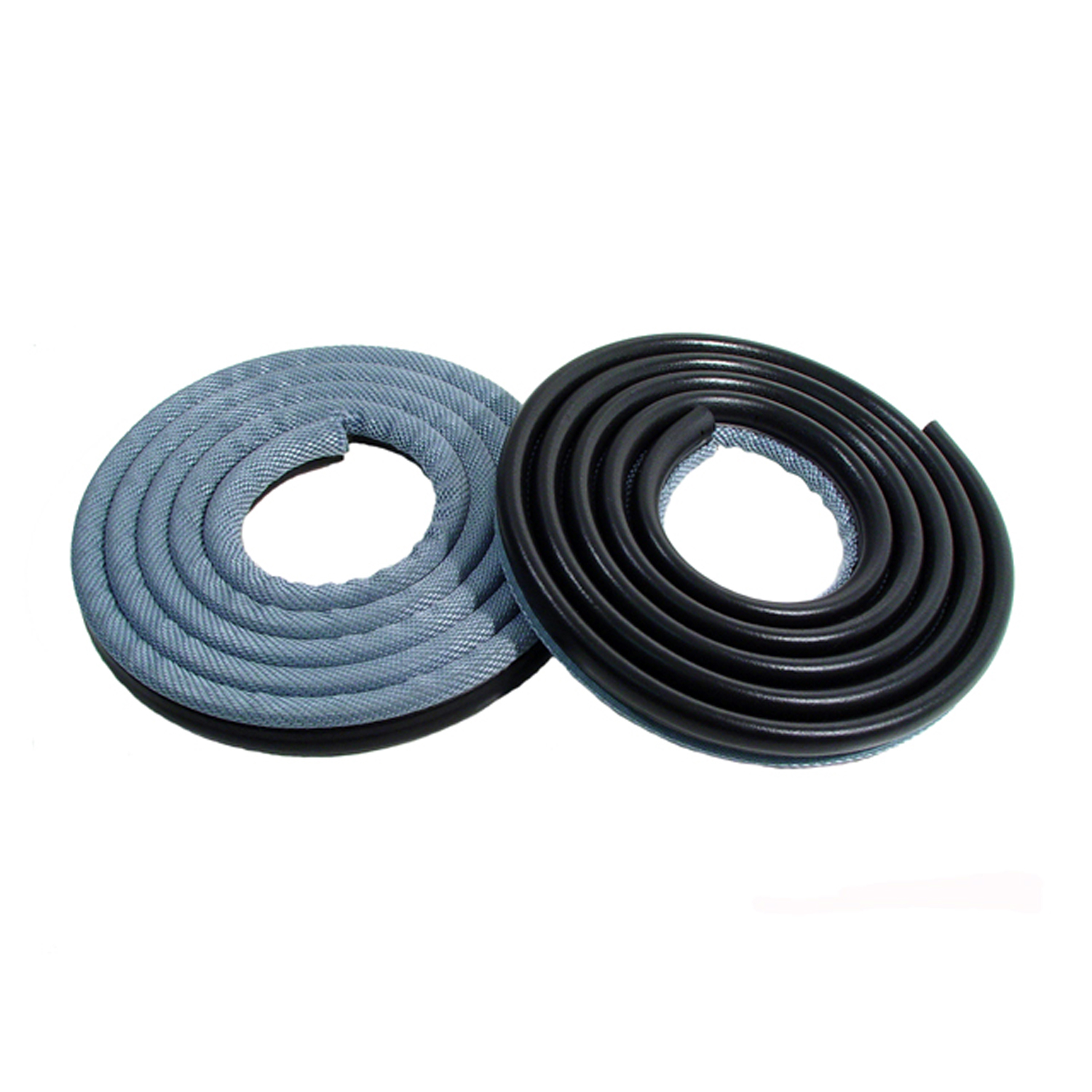 1963 Plymouth Fleet Special Front Door Seals for 4-Door Sedan. Metallic Blue. 22-LM 23-JBLUFront Door Seals for 4-Door Sedan. Metallic Blue. 22.5 Feet total per pair, 11.25 feet per side. Pair
1963 Plymouth Fleet Special Front Door Seals for 4-Door Sedan. Metallic Blue. 22-LM 23-JBLUFront Door Seals for 4-Door Sedan. Metallic Blue. 22.5 Feet total per pair, 11.25 feet per side. Pair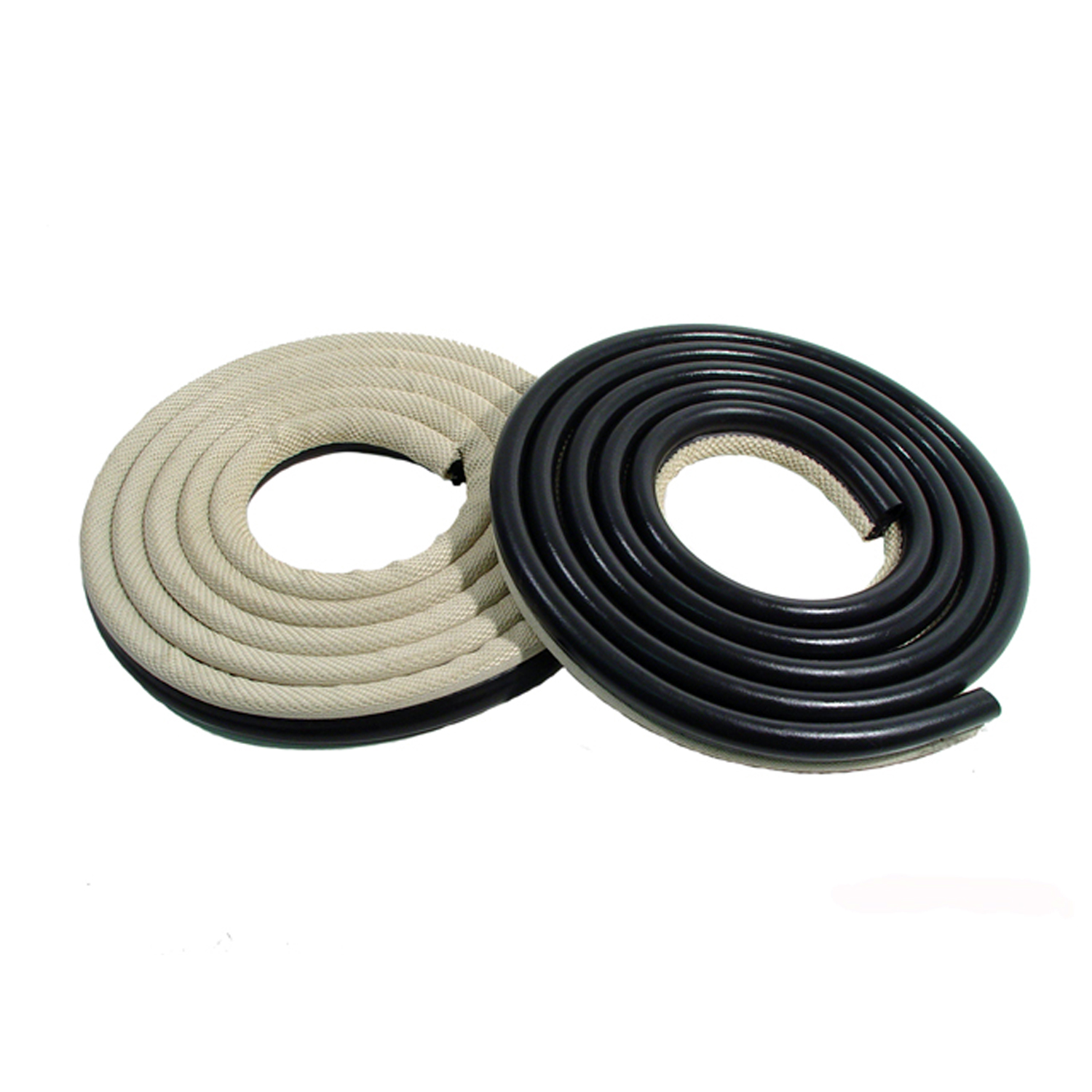 1963 Plymouth Fleet Special Front Door Seals for 4-Door Sedan. Champagne. 22-LM 23-JCHPFront Door Seals for 4-Door Sedan. Champagne. 22.5 Feet total per pair, 11.25 feet per side. Pair
1963 Plymouth Fleet Special Front Door Seals for 4-Door Sedan. Champagne. 22-LM 23-JCHPFront Door Seals for 4-Door Sedan. Champagne. 22.5 Feet total per pair, 11.25 feet per side. Pair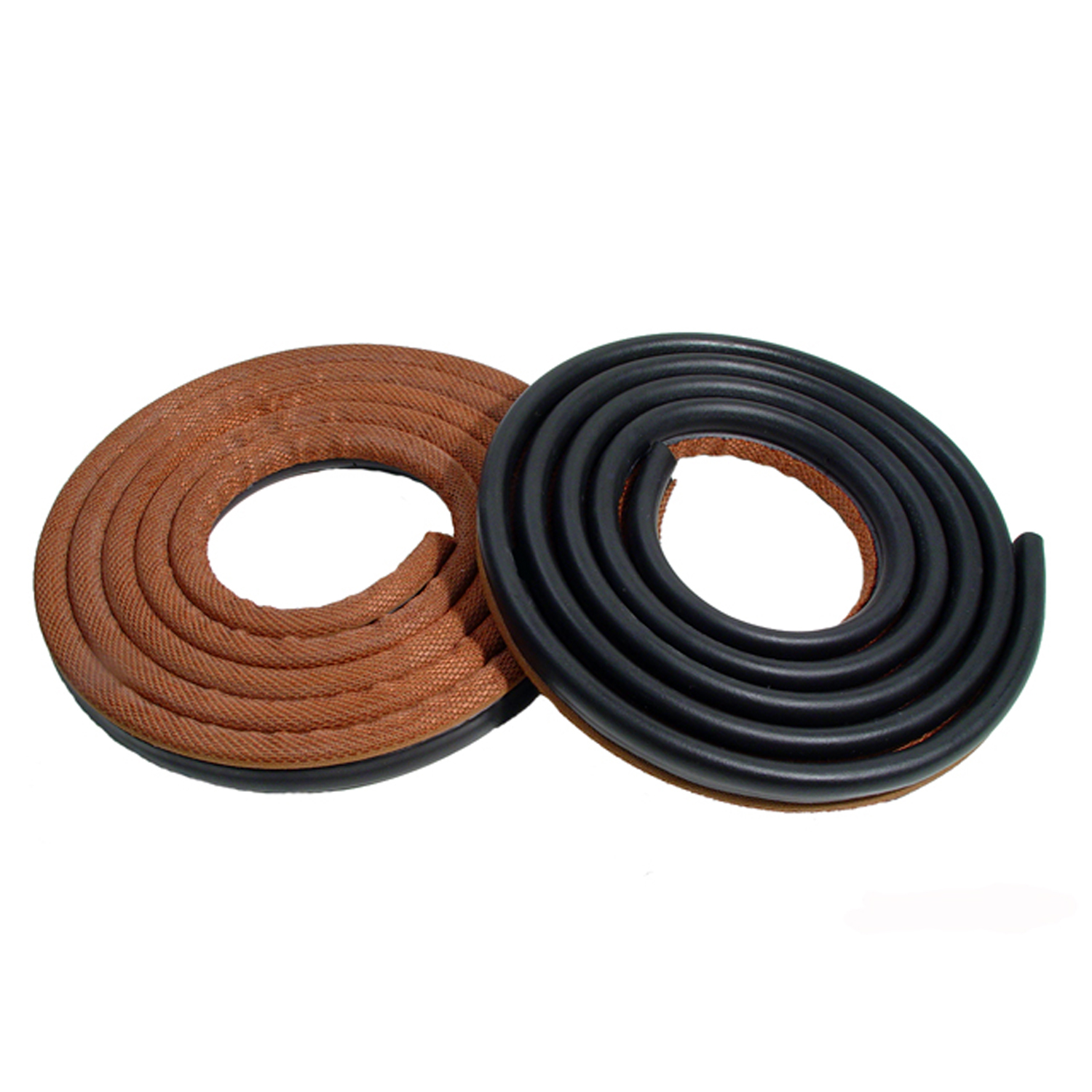 1963 Plymouth Fleet Special Front Door Seals for 4-Door Sedan. Copper/Brown. 22-LM 23-JCOPFront Door Seals for 4-Door Sedan. Copper/Brown. 22.5 Feet total per pair, 11.25 feet per side. Pair
1963 Plymouth Fleet Special Front Door Seals for 4-Door Sedan. Copper/Brown. 22-LM 23-JCOPFront Door Seals for 4-Door Sedan. Copper/Brown. 22.5 Feet total per pair, 11.25 feet per side. Pair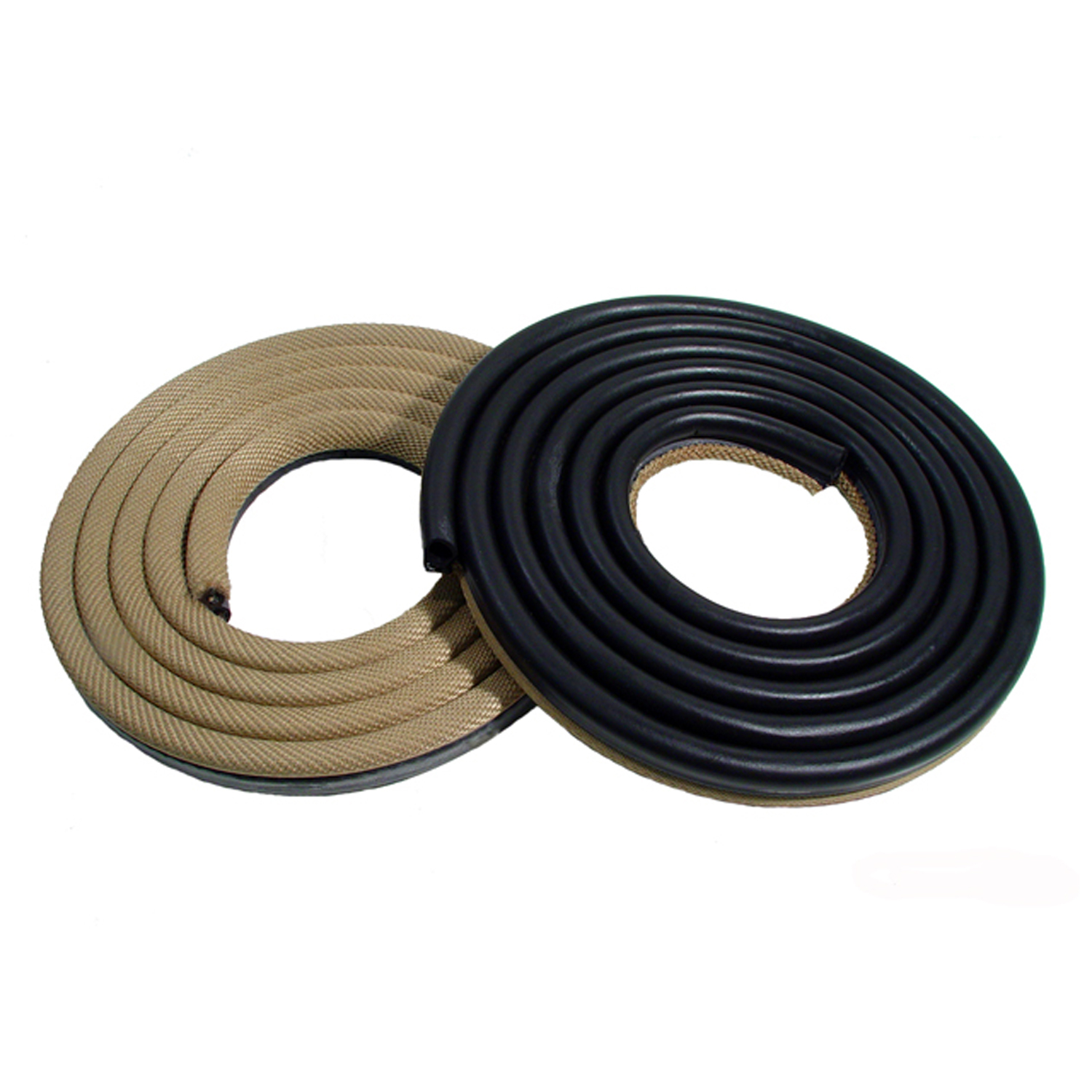 1963 Plymouth Fleet Special Front Door Seals for 4-Door Sedan. Fawn/Sand. 22-LM 23-JFWNFront Door Seals for 4-Door Sedan. Fawn/Sand. 22.5 Feet total per pair, 11.25 feet per side. Pair
1963 Plymouth Fleet Special Front Door Seals for 4-Door Sedan. Fawn/Sand. 22-LM 23-JFWNFront Door Seals for 4-Door Sedan. Fawn/Sand. 22.5 Feet total per pair, 11.25 feet per side. Pair 1963 Plymouth Fleet Special Front Door Seals for 4-Door Sedan. Green/Gold. 22-LM 23-JGREFront Door Seals for 4-Door Sedan. Green/Gold. 22.5 Feet total per pair, 11.25 feet per side. Pair
1963 Plymouth Fleet Special Front Door Seals for 4-Door Sedan. Green/Gold. 22-LM 23-JGREFront Door Seals for 4-Door Sedan. Green/Gold. 22.5 Feet total per pair, 11.25 feet per side. Pair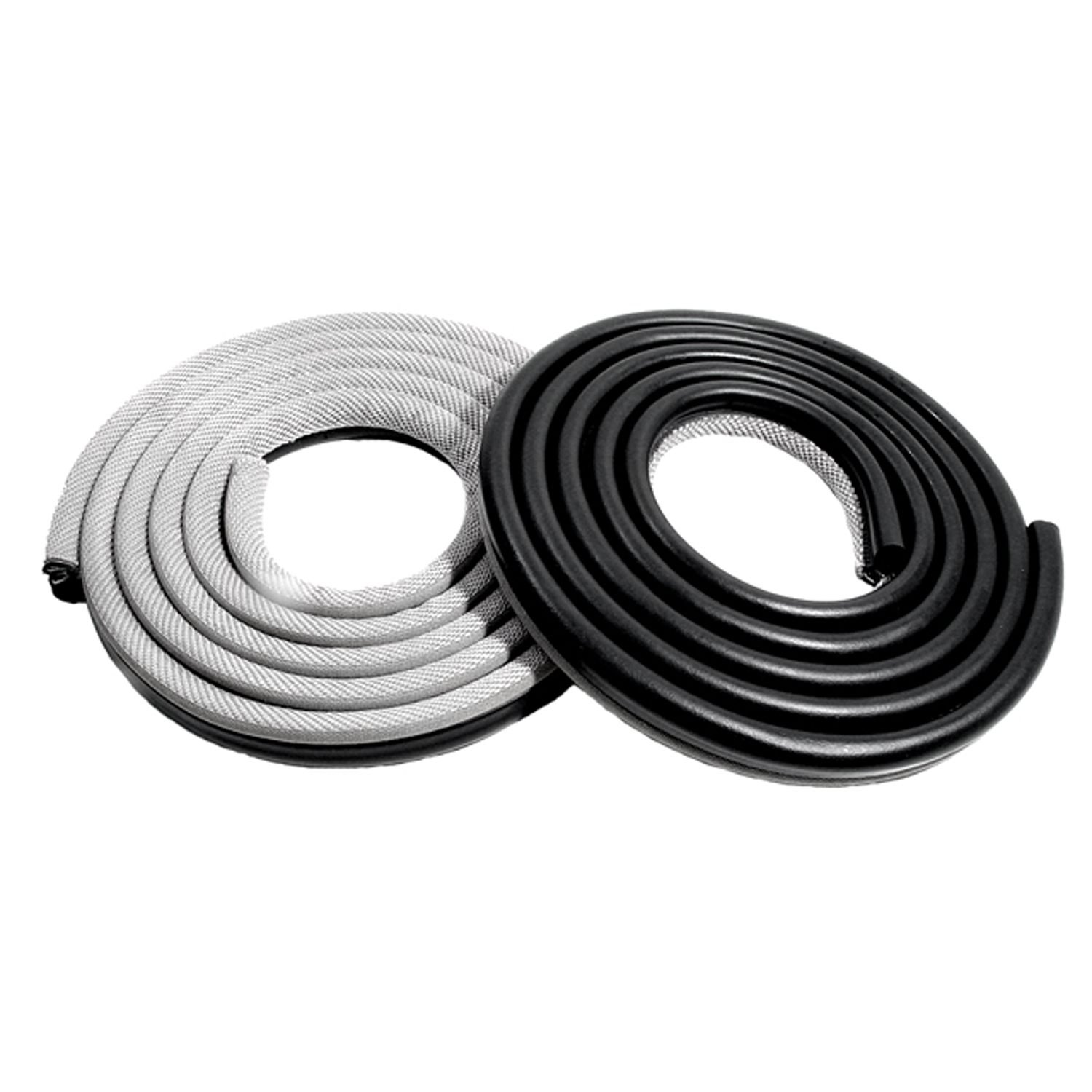 1963 Plymouth Fleet Special Front Door Seals for 4-Door Sedan. Grey. 22-LM 23-JGRYFront Door Seals for 4-Door Sedan. Grey. 22.5 Feet total per pair, 11.25 feet per side. Pair
1963 Plymouth Fleet Special Front Door Seals for 4-Door Sedan. Grey. 22-LM 23-JGRYFront Door Seals for 4-Door Sedan. Grey. 22.5 Feet total per pair, 11.25 feet per side. Pair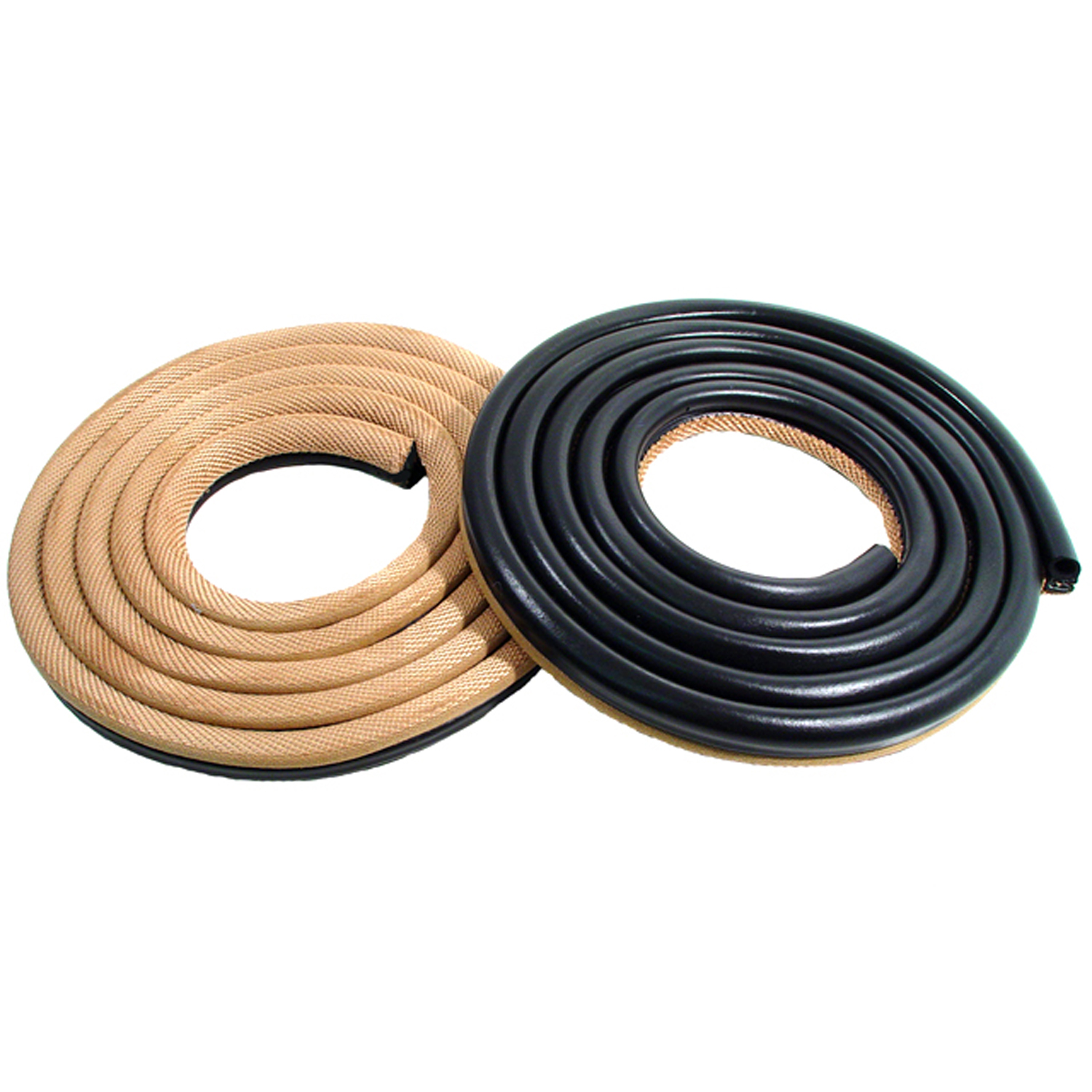 1963 Plymouth Fleet Special Front Door Seals for 4-Door Sedan. Palomino(Tan/Rose). 22-LM 23-JPALFront Door Seals for 4-Door Sedan. Palomino(Tan/Rose). 22.5 Feet total per pair, 11.25 feet per side. Pair
1963 Plymouth Fleet Special Front Door Seals for 4-Door Sedan. Palomino(Tan/Rose). 22-LM 23-JPALFront Door Seals for 4-Door Sedan. Palomino(Tan/Rose). 22.5 Feet total per pair, 11.25 feet per side. Pair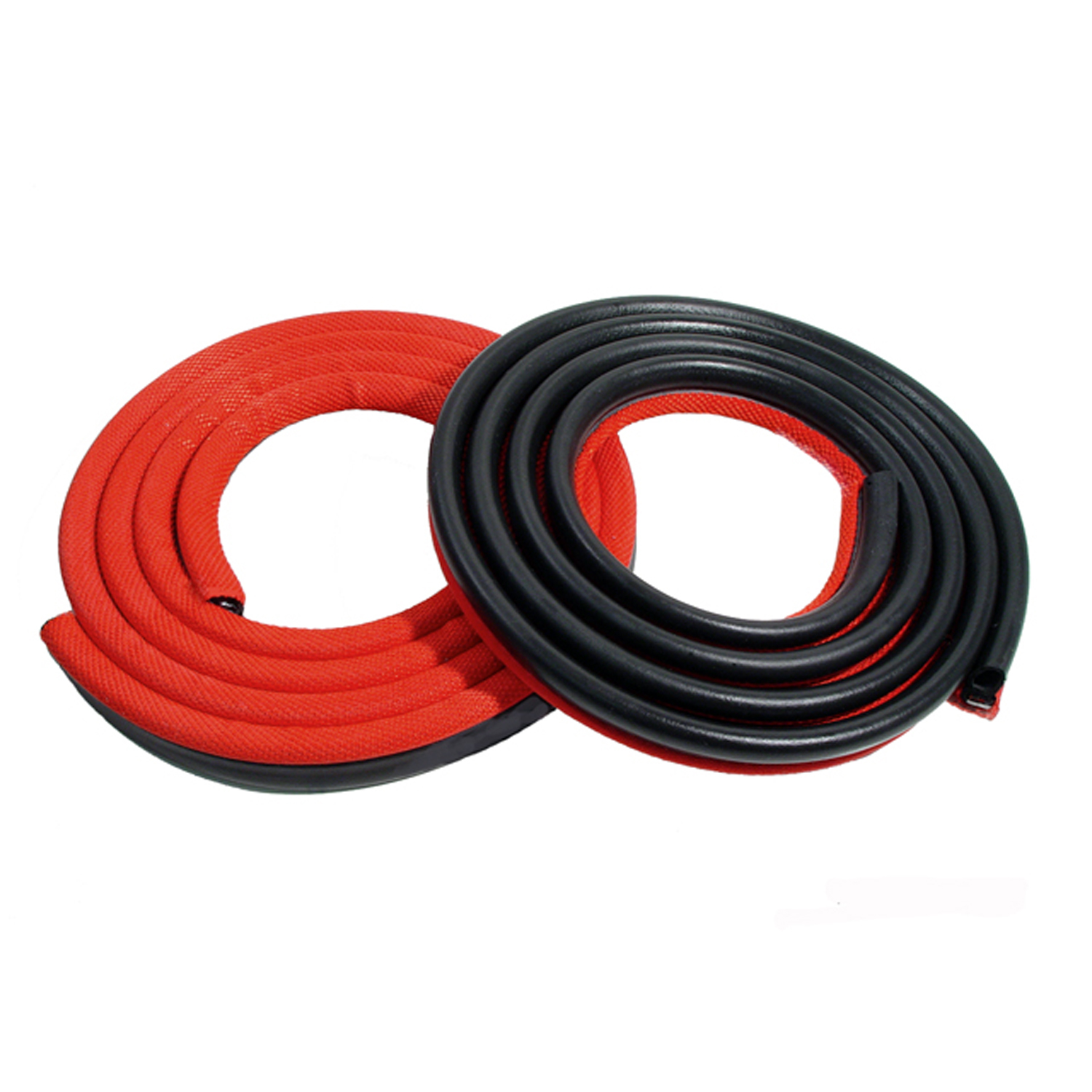 1963 Plymouth Fleet Special Front Door Seals. Red. 22.5 Feet total per pair, 11-LM 23-JREDFront Door Seals. Red. 22.5 Feet total per pair, 11.25 feet per side. Pair
1963 Plymouth Fleet Special Front Door Seals. Red. 22.5 Feet total per pair, 11-LM 23-JREDFront Door Seals. Red. 22.5 Feet total per pair, 11.25 feet per side. Pair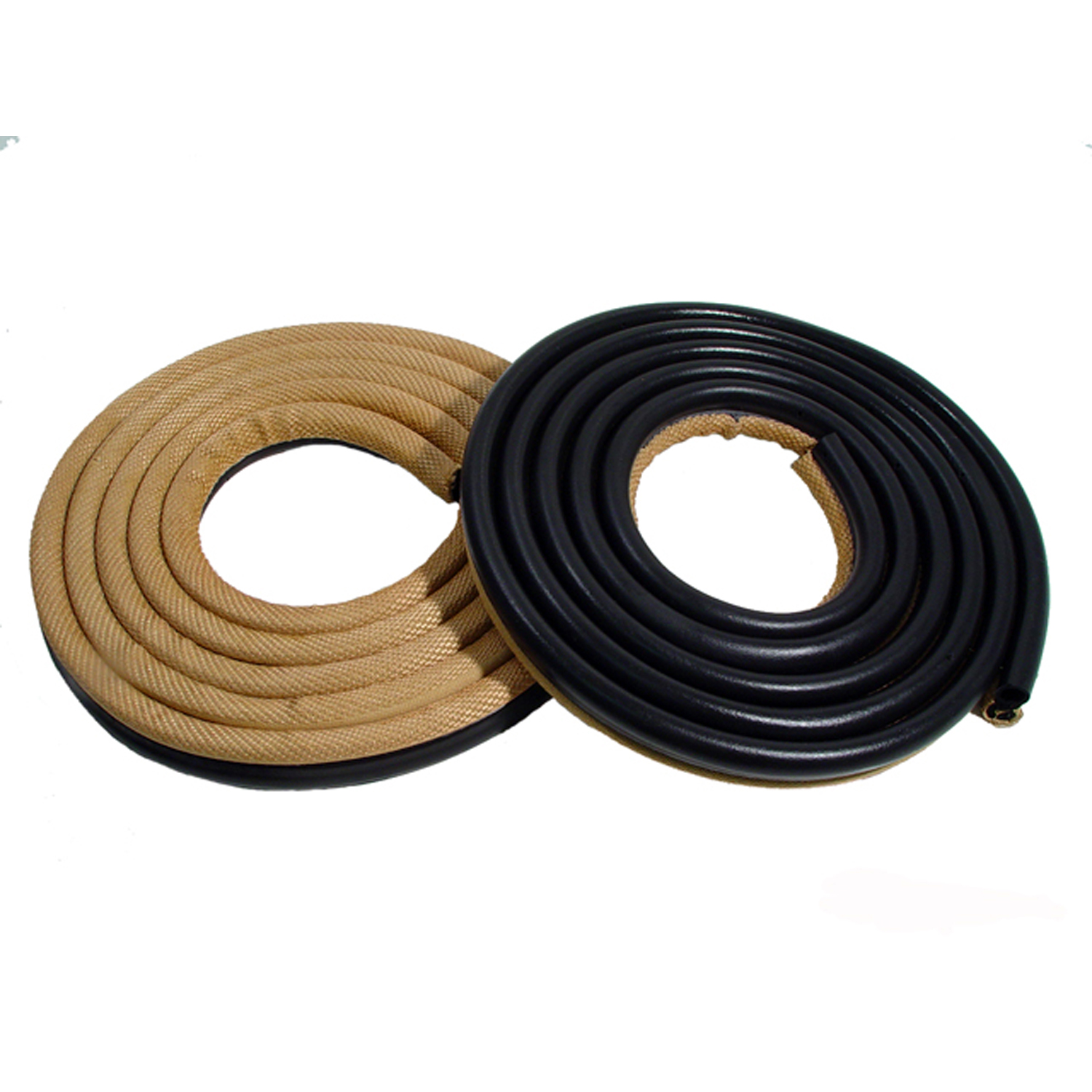 1963 Plymouth Fleet Special Front Door Seals for 4-Door Sedan. Tan/Beige(Gold). 22-LM 23-JTANFront Door Seals for 4-Door Sedan. Tan/Beige(Gold). 22.5 Feet total per pair, 11.25 feet per side. Pair
1963 Plymouth Fleet Special Front Door Seals for 4-Door Sedan. Tan/Beige(Gold). 22-LM 23-JTANFront Door Seals for 4-Door Sedan. Tan/Beige(Gold). 22.5 Feet total per pair, 11.25 feet per side. Pair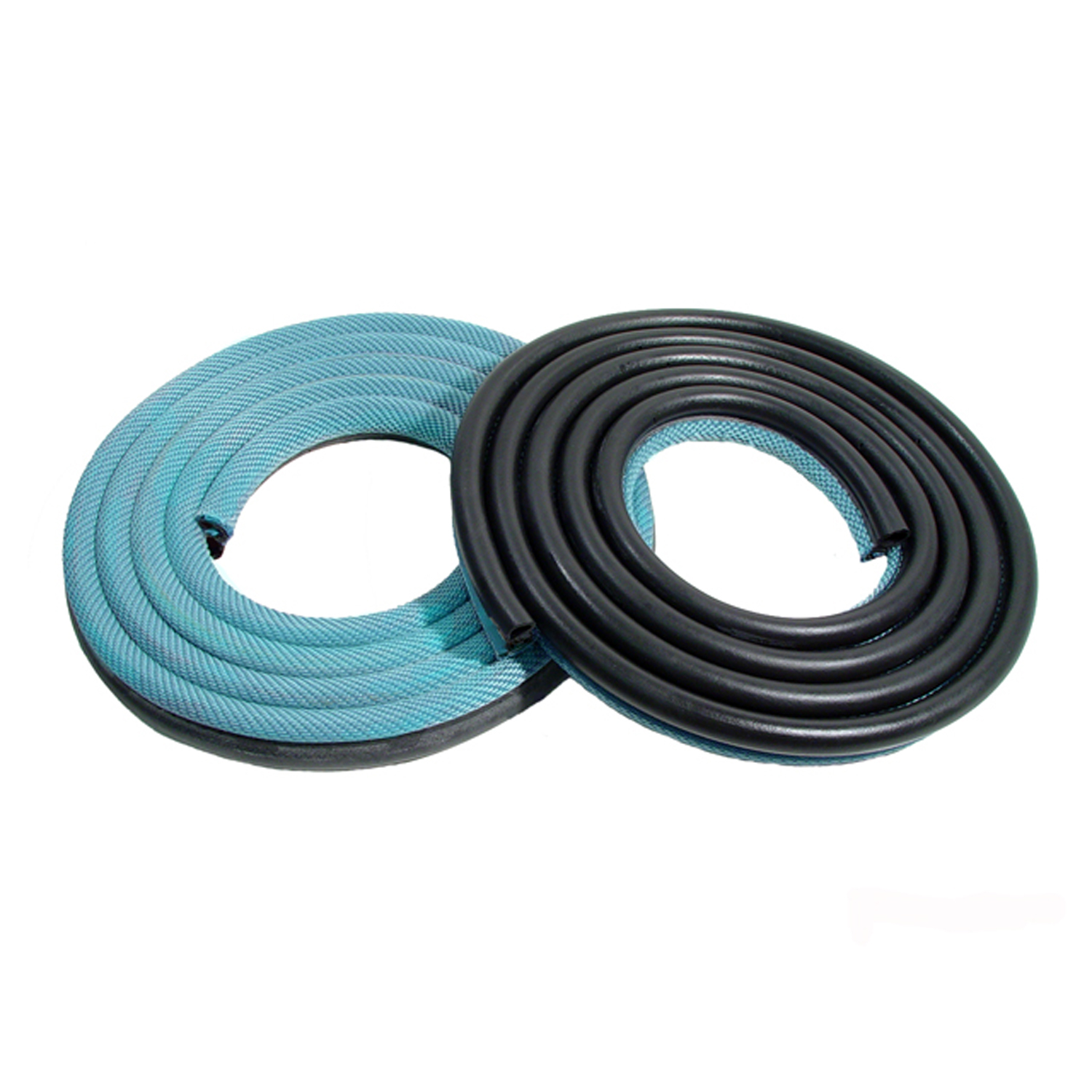 1963 Plymouth Fleet Special Rear Door Seals for 4-Door Sedan. Aqua/Turquoise-LM 23-KAQURear Door Seals for 4-Door Sedan. Aqua/Turquoise. 21 Feet total per pair, 10.5 feet per side. Pair
1963 Plymouth Fleet Special Rear Door Seals for 4-Door Sedan. Aqua/Turquoise-LM 23-KAQURear Door Seals for 4-Door Sedan. Aqua/Turquoise. 21 Feet total per pair, 10.5 feet per side. Pair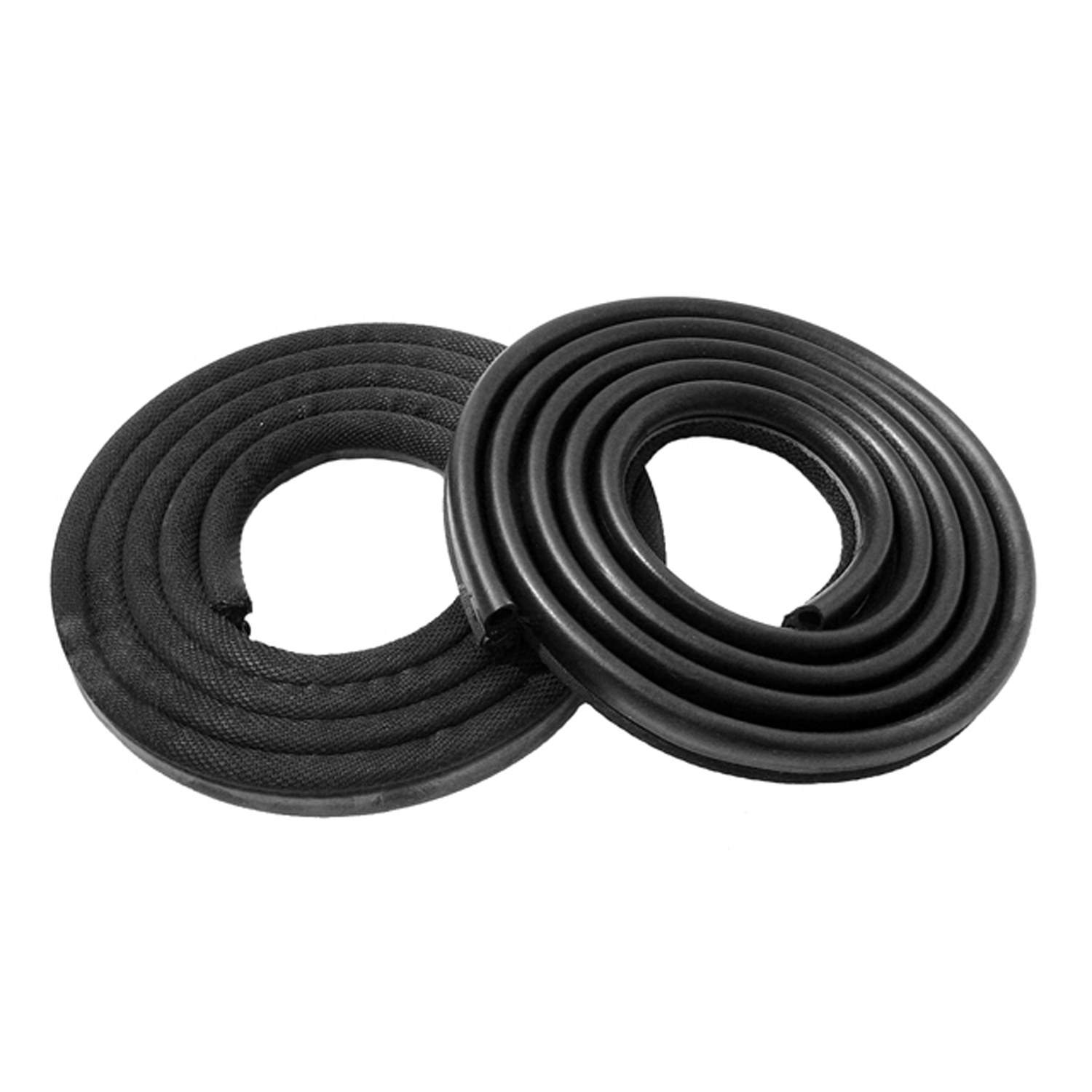 1963 Plymouth Fleet Special Rear Door Seals for 4-Door Sedan. Black-LM 23-KBLKRear Door Seals for 4-Door Sedan. Black. 21 Feet total per pair, 10.5 feet per side. Pair
1963 Plymouth Fleet Special Rear Door Seals for 4-Door Sedan. Black-LM 23-KBLKRear Door Seals for 4-Door Sedan. Black. 21 Feet total per pair, 10.5 feet per side. Pair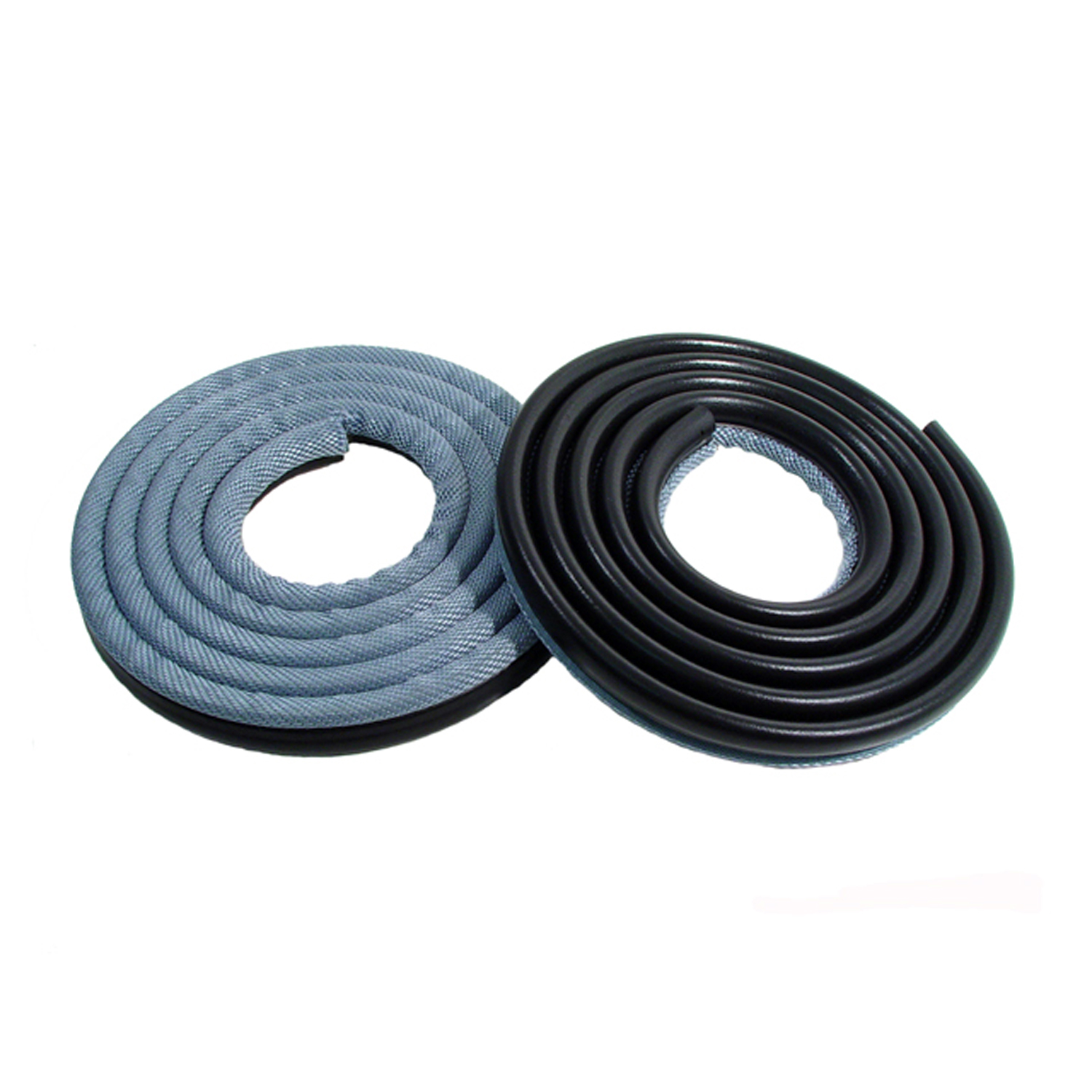 1963 Plymouth Fleet Special Rear Door Seals for 4-Door Sedan. Metallic Blue-LM 23-KBLURear Door Seals for 4-Door Sedan. Metallic Blue. 21 Feet total per pair, 10.5 feet per side. Pair
1963 Plymouth Fleet Special Rear Door Seals for 4-Door Sedan. Metallic Blue-LM 23-KBLURear Door Seals for 4-Door Sedan. Metallic Blue. 21 Feet total per pair, 10.5 feet per side. Pair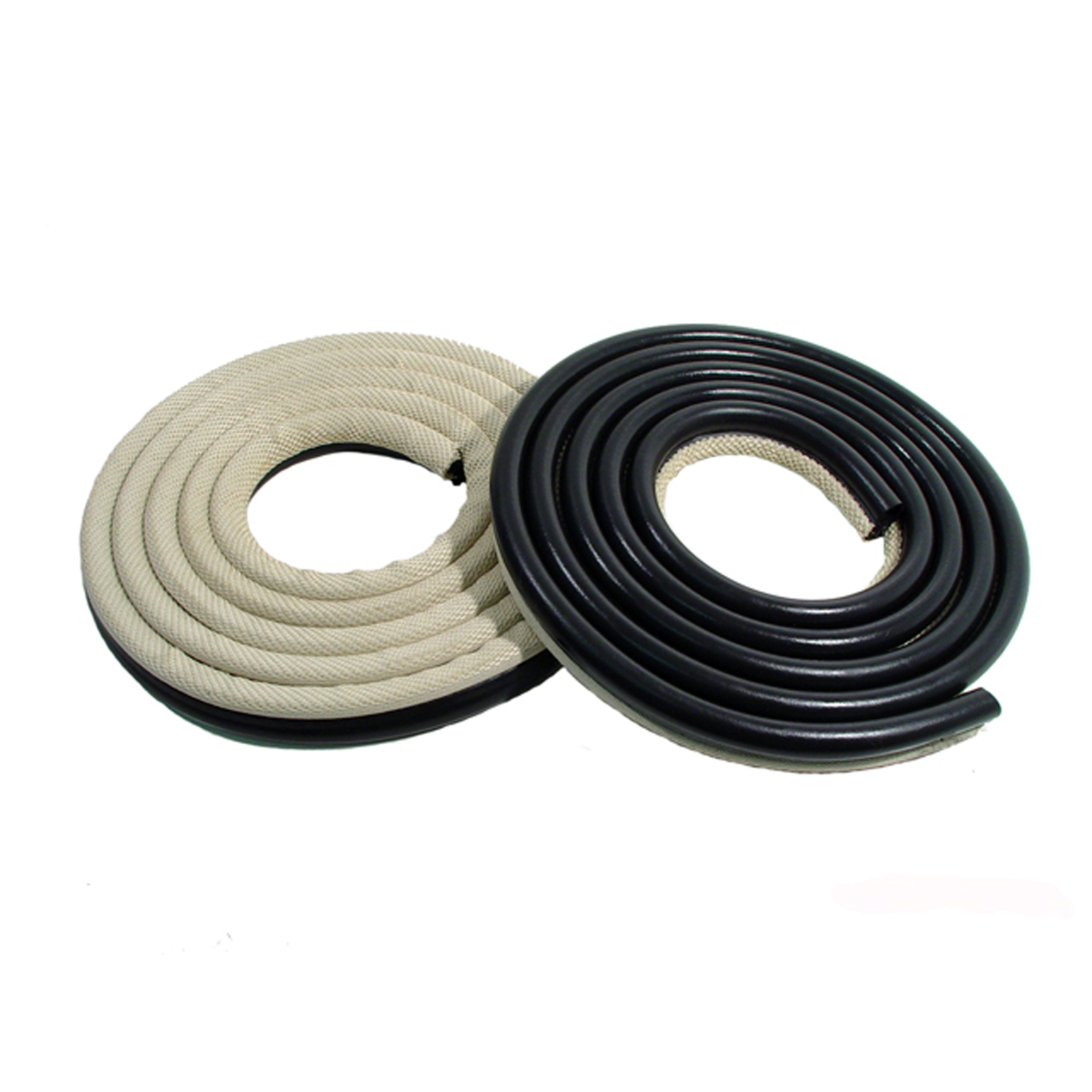 1963 Plymouth Fleet Special Rear Door Seals for 4-Door Sedan. Champagne-LM 23-KCHPRear Door Seals for 4-Door Sedan. Champagne. 21 Feet total per pair, 10.5 feet per side. Pair
1963 Plymouth Fleet Special Rear Door Seals for 4-Door Sedan. Champagne-LM 23-KCHPRear Door Seals for 4-Door Sedan. Champagne. 21 Feet total per pair, 10.5 feet per side. Pair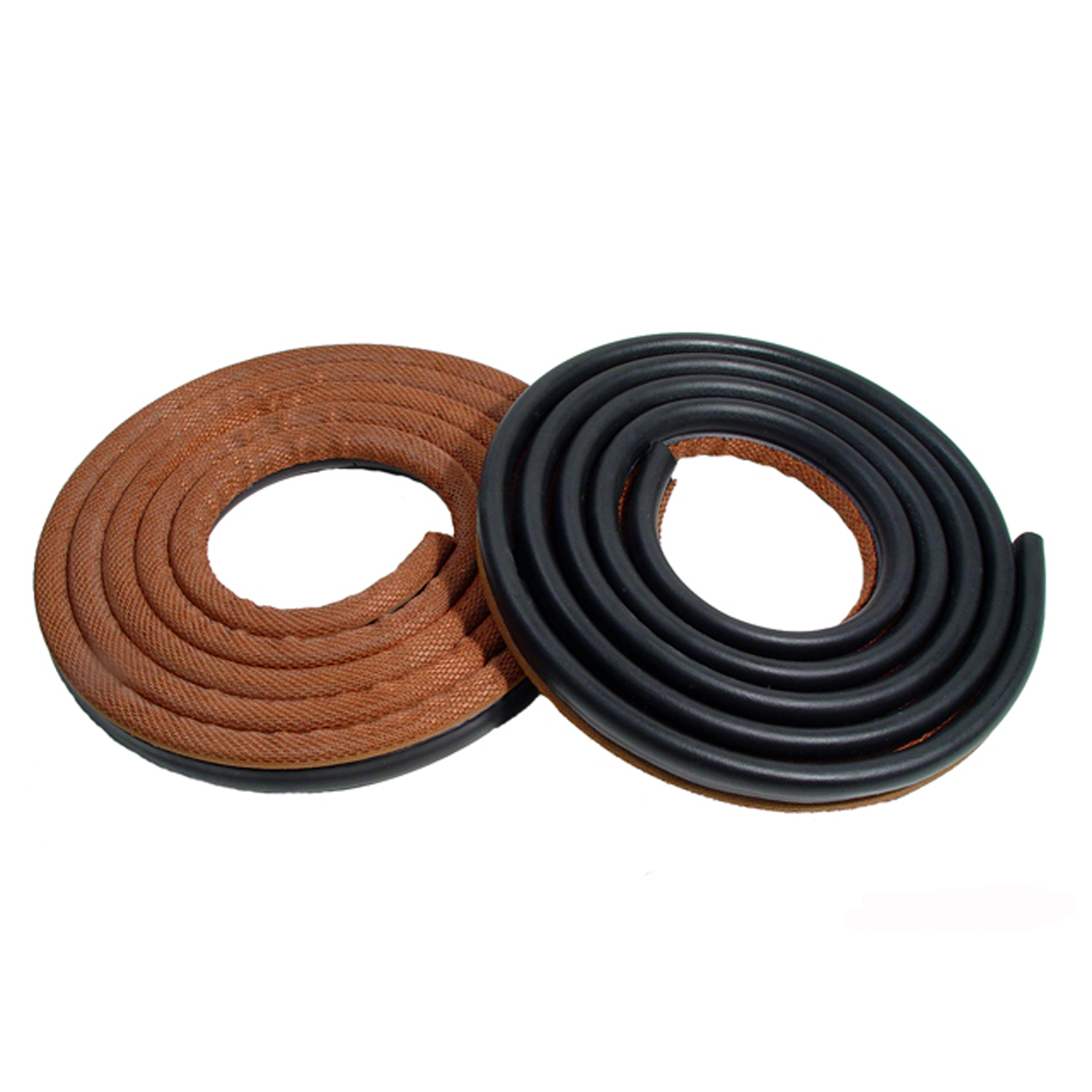 1963 Plymouth Fleet Special Rear Door Seals for 4-Door Sedan. Copper/Brown-LM 23-KCOPRear Door Seals for 4-Door Sedan. Copper/Brown. 21 Feet total per pair, 10.5 feet per side. Pair
1963 Plymouth Fleet Special Rear Door Seals for 4-Door Sedan. Copper/Brown-LM 23-KCOPRear Door Seals for 4-Door Sedan. Copper/Brown. 21 Feet total per pair, 10.5 feet per side. Pair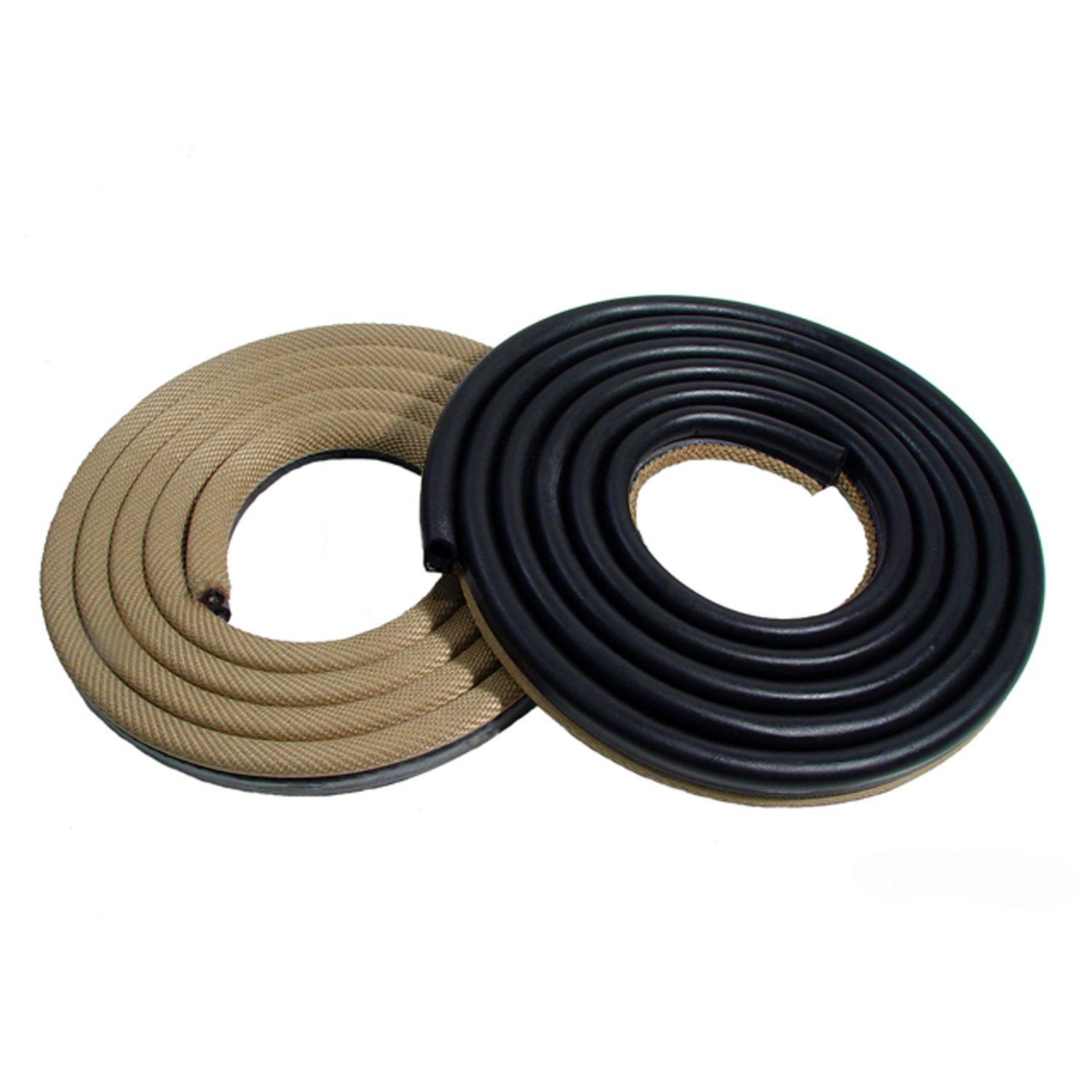 1963 Plymouth Fleet Special Rear Door Seals for 4-Door Sedan. Fawn/Sand-LM 23-KFWNRear Door Seals for 4-Door Sedan. Fawn/Sand. 21 Feet total per pair, 10.5 feet per side. Pair
1963 Plymouth Fleet Special Rear Door Seals for 4-Door Sedan. Fawn/Sand-LM 23-KFWNRear Door Seals for 4-Door Sedan. Fawn/Sand. 21 Feet total per pair, 10.5 feet per side. Pair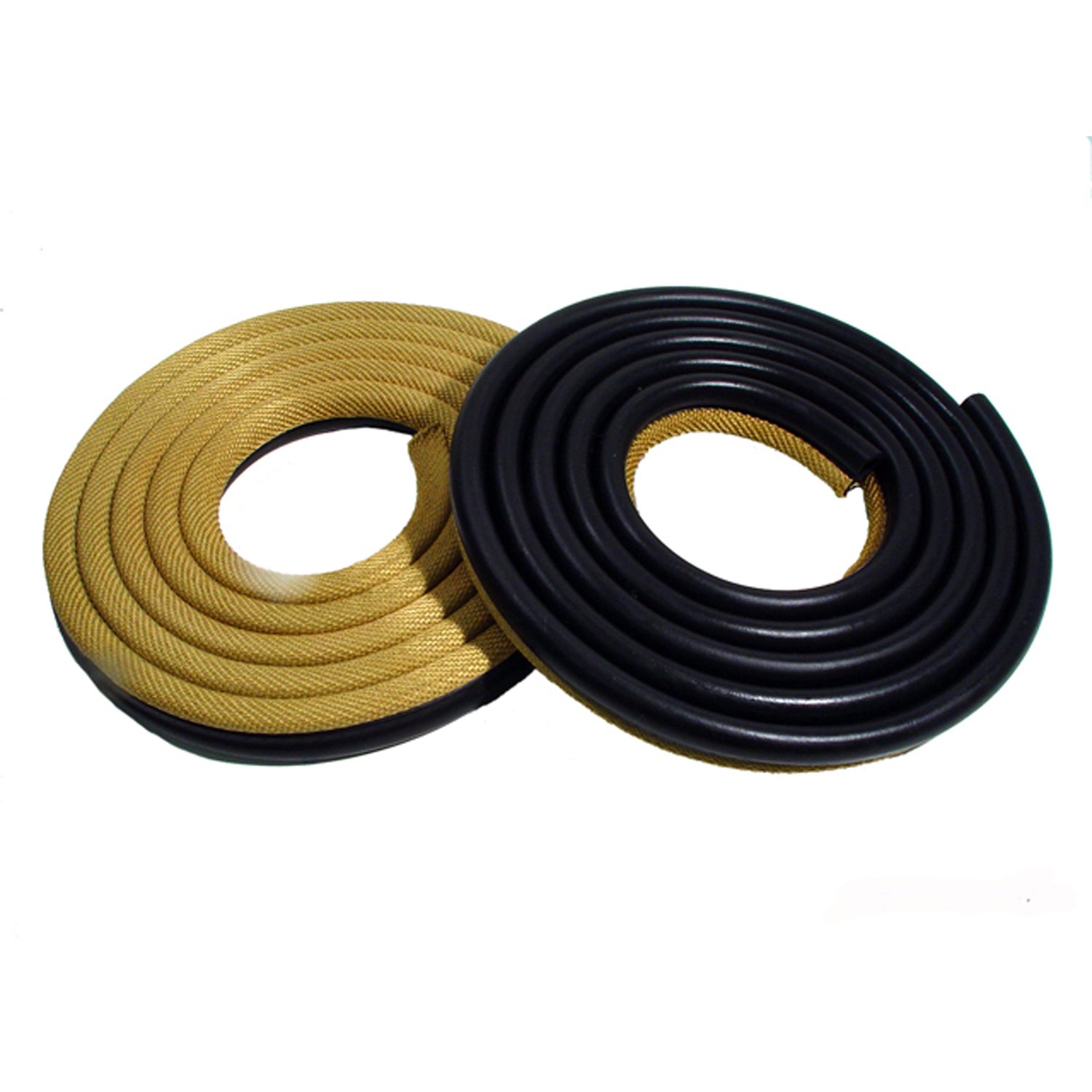 1963 Plymouth Fleet Special Rear Door Seals for 4-Door Sedan. Green/Gold-LM 23-KGRERear Door Seals for 4-Door Sedan. Green/Gold. 21 Feet total per pair, 10.5 feet per side. Pair
1963 Plymouth Fleet Special Rear Door Seals for 4-Door Sedan. Green/Gold-LM 23-KGRERear Door Seals for 4-Door Sedan. Green/Gold. 21 Feet total per pair, 10.5 feet per side. Pair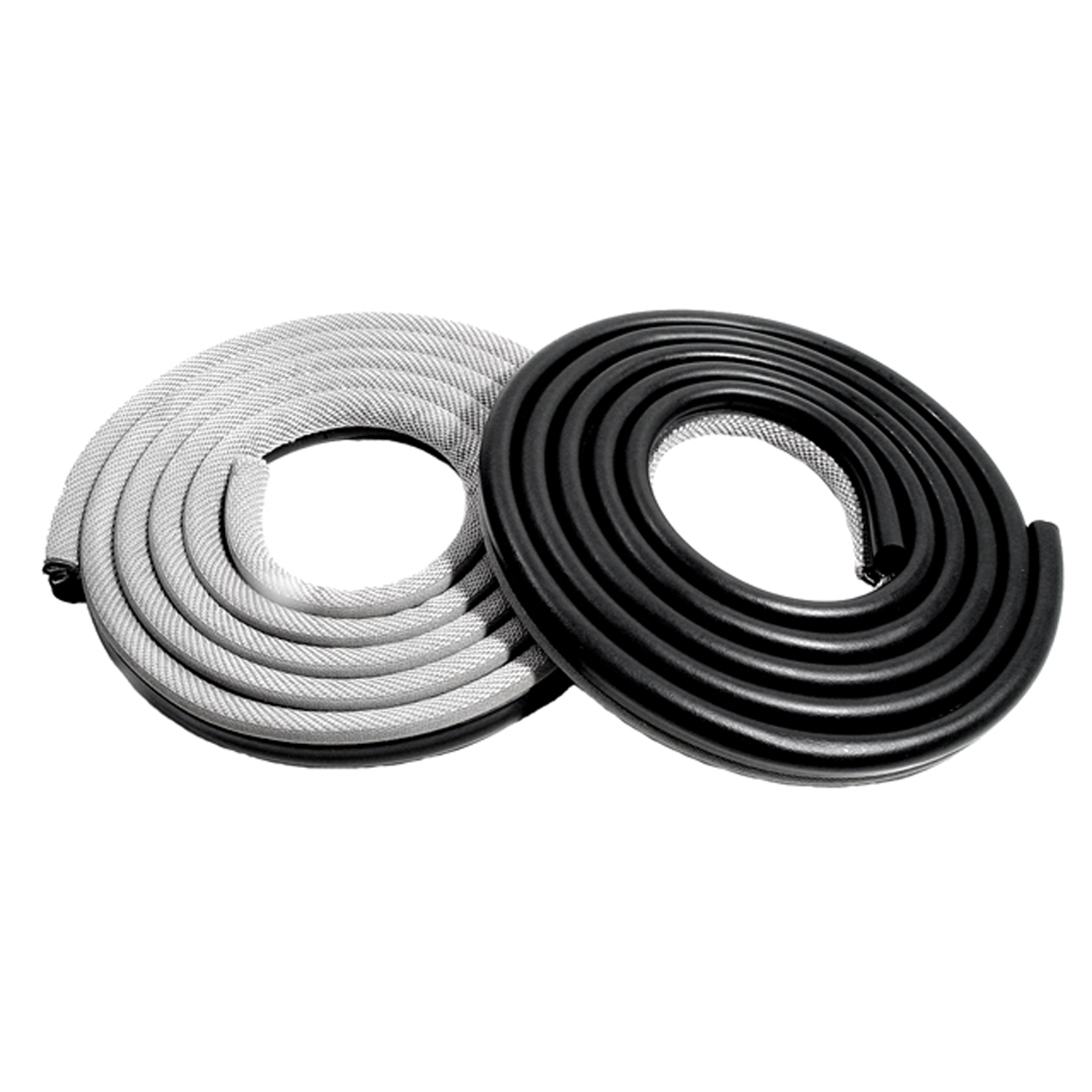 1963 Plymouth Fleet Special Rear Door Seals for 4-Door Sedan. Grey-LM 23-KGRYRear Door Seals for 4-Door Sedan. Grey. 21 Feet total per pair, 10.5 feet per side. Pair
1963 Plymouth Fleet Special Rear Door Seals for 4-Door Sedan. Grey-LM 23-KGRYRear Door Seals for 4-Door Sedan. Grey. 21 Feet total per pair, 10.5 feet per side. Pair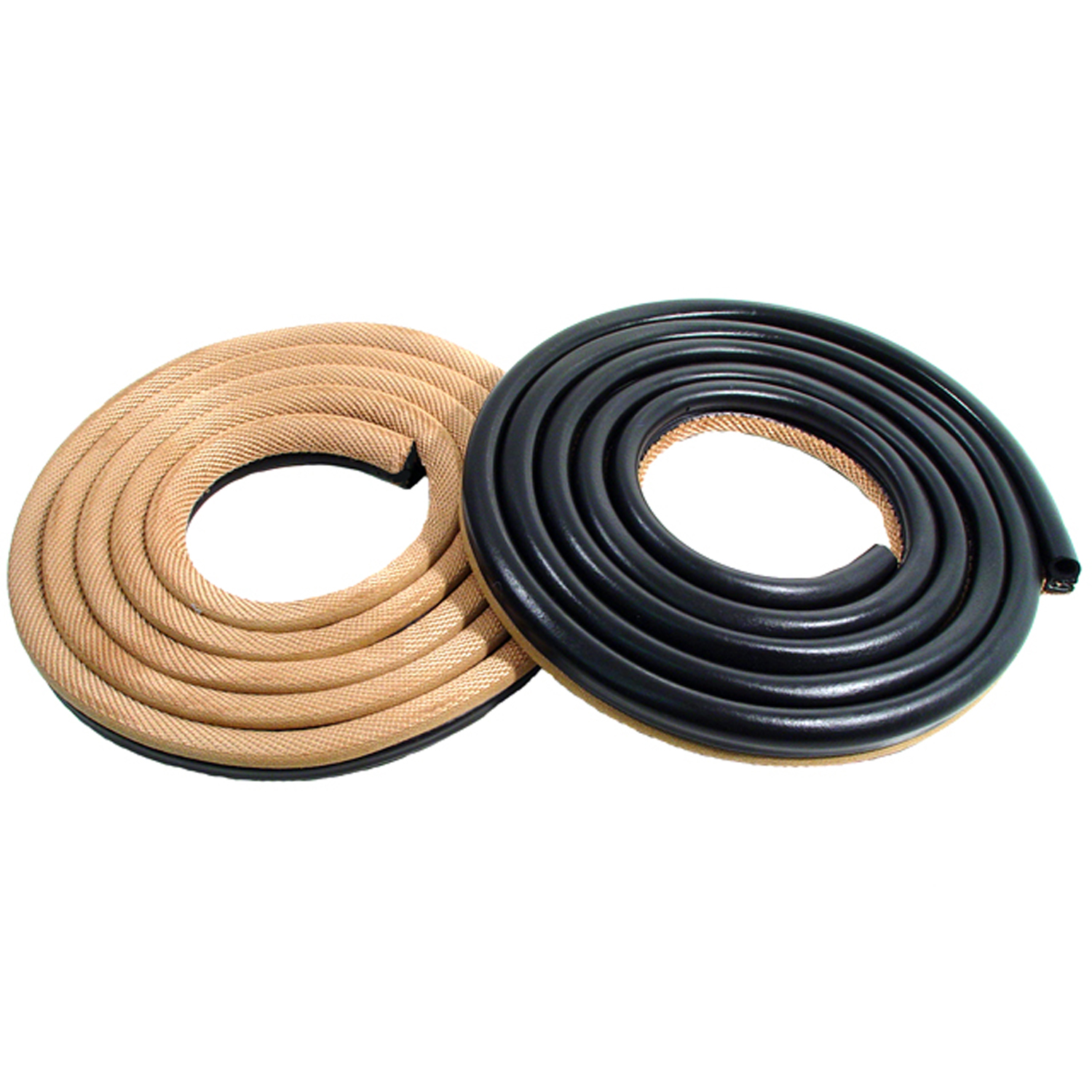 1963 Plymouth Fleet Special Rear Door Seals for 4-Door Sedan. Palomino(Tan/Rose)-LM 23-KPALRear Door Seals for 4-Door Sedan. Palomino(Tan/Rose). 21 Feet total per pair, 10.5 feet per side. Pair
1963 Plymouth Fleet Special Rear Door Seals for 4-Door Sedan. Palomino(Tan/Rose)-LM 23-KPALRear Door Seals for 4-Door Sedan. Palomino(Tan/Rose). 21 Feet total per pair, 10.5 feet per side. Pair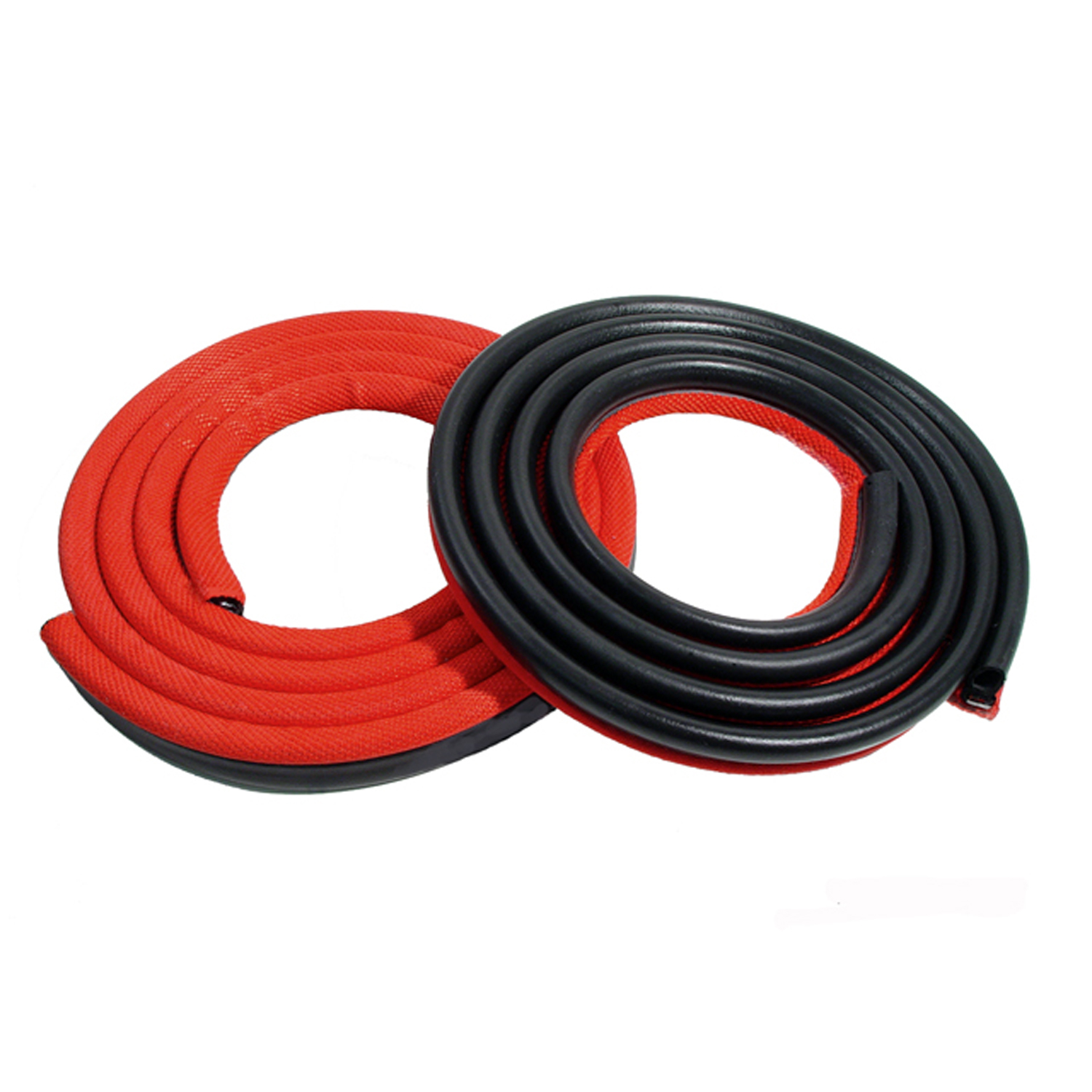 1963 Plymouth Fleet Special Rear Door Seals for 4-Door Sedan. Red-LM 23-KREDRear Door Seals for 4-Door Sedan. Red. 21 Feet total per pair, 10.5 feet per side. Pair
1963 Plymouth Fleet Special Rear Door Seals for 4-Door Sedan. Red-LM 23-KREDRear Door Seals for 4-Door Sedan. Red. 21 Feet total per pair, 10.5 feet per side. Pair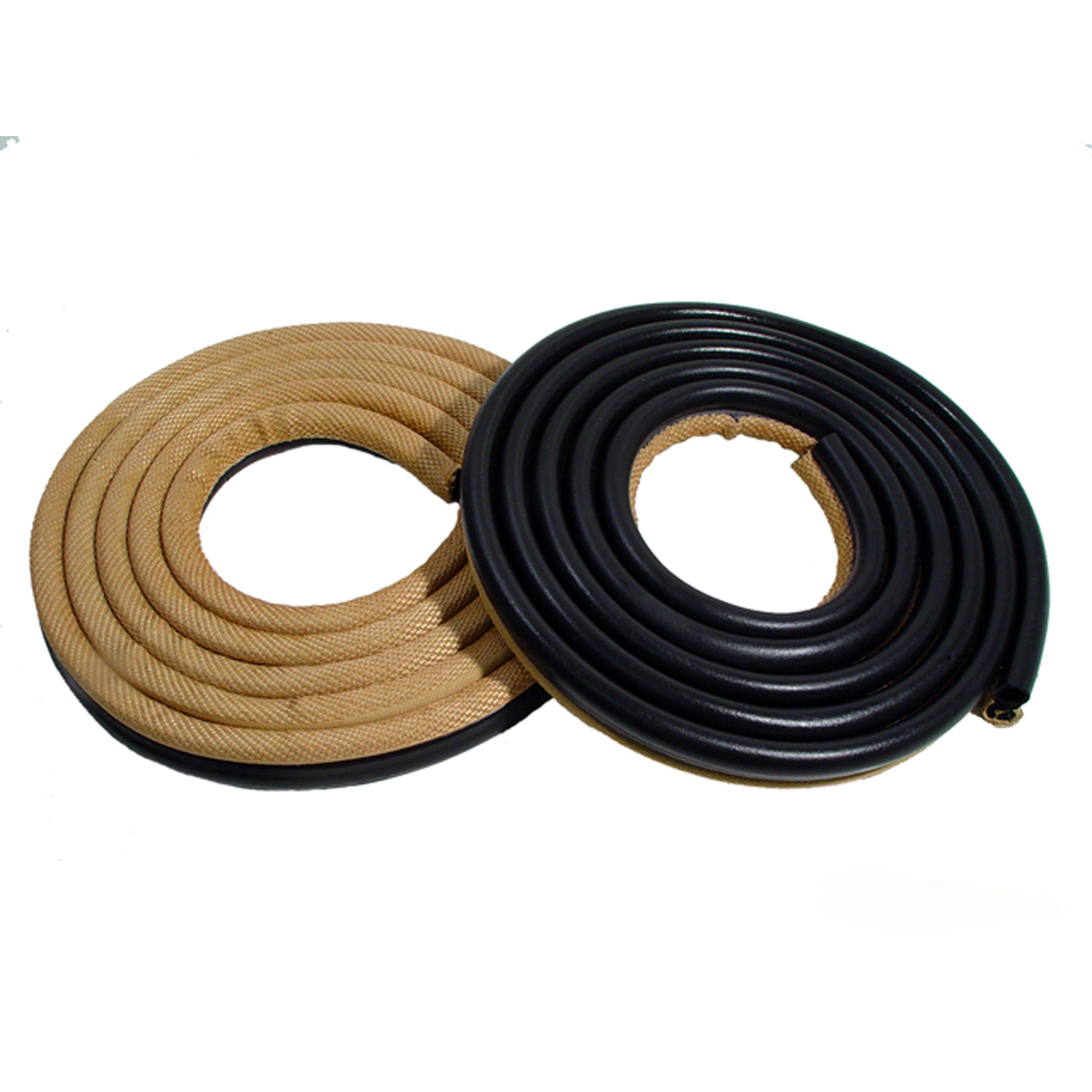 1963 Plymouth Fleet Special Rear Door Seals for 4-Door Sedan. Tan/Beige(Gold)-LM 23-KTANRear Door Seals for 4-Door Sedan. Tan/Beige(Gold). 21 Feet total per pair, 10.5 feet per side. Pair
1963 Plymouth Fleet Special Rear Door Seals for 4-Door Sedan. Tan/Beige(Gold)-LM 23-KTANRear Door Seals for 4-Door Sedan. Tan/Beige(Gold). 21 Feet total per pair, 10.5 feet per side. Pair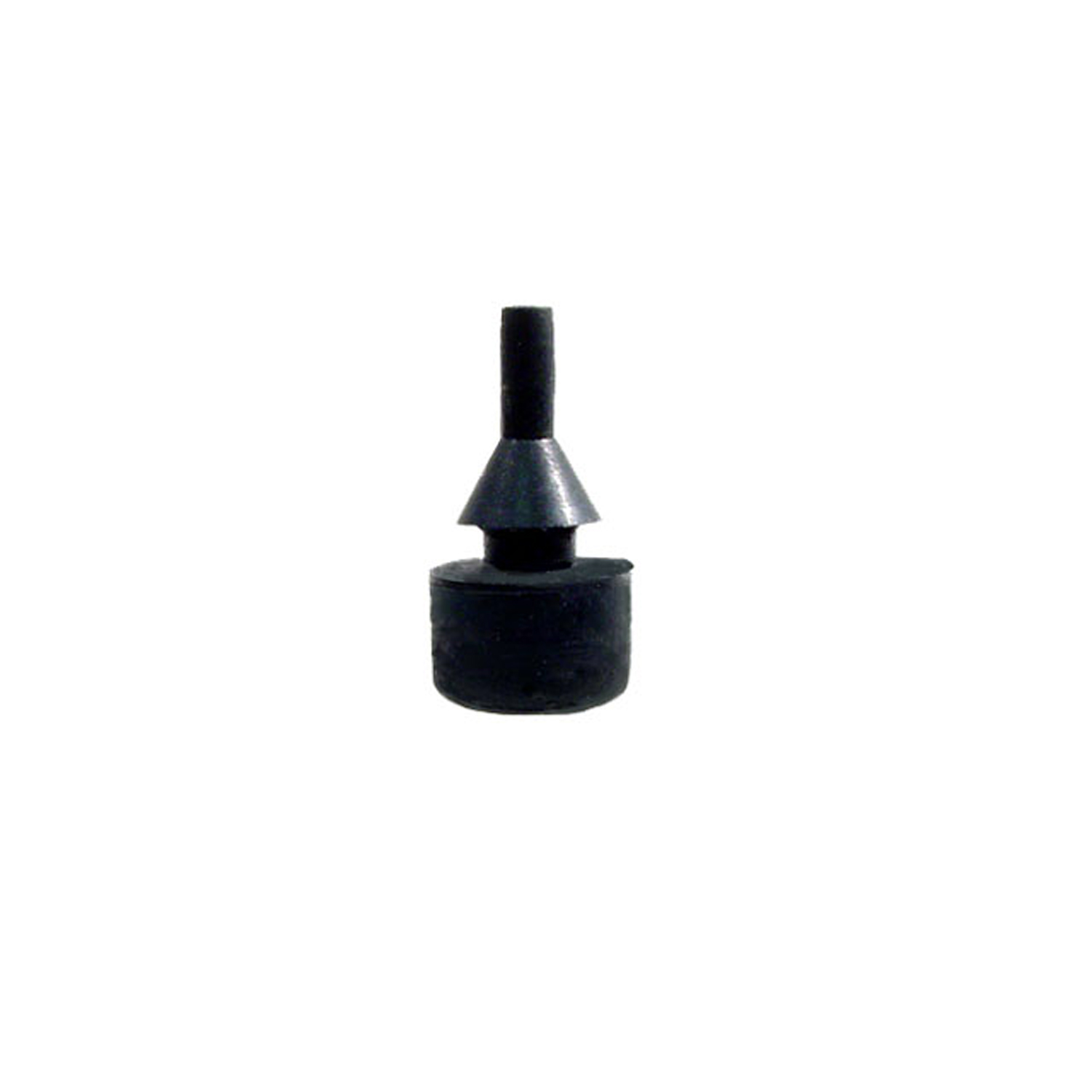 1963 Plymouth Fleet Special License Plate Bumper. 7/16" O.D., fits a 1/4" hole. Each-SB 86License Plate Bumper. 7/16" O.D., fits a 1/4" hole. Each
1963 Plymouth Fleet Special License Plate Bumper. 7/16" O.D., fits a 1/4" hole. Each-SB 86License Plate Bumper. 7/16" O.D., fits a 1/4" hole. Each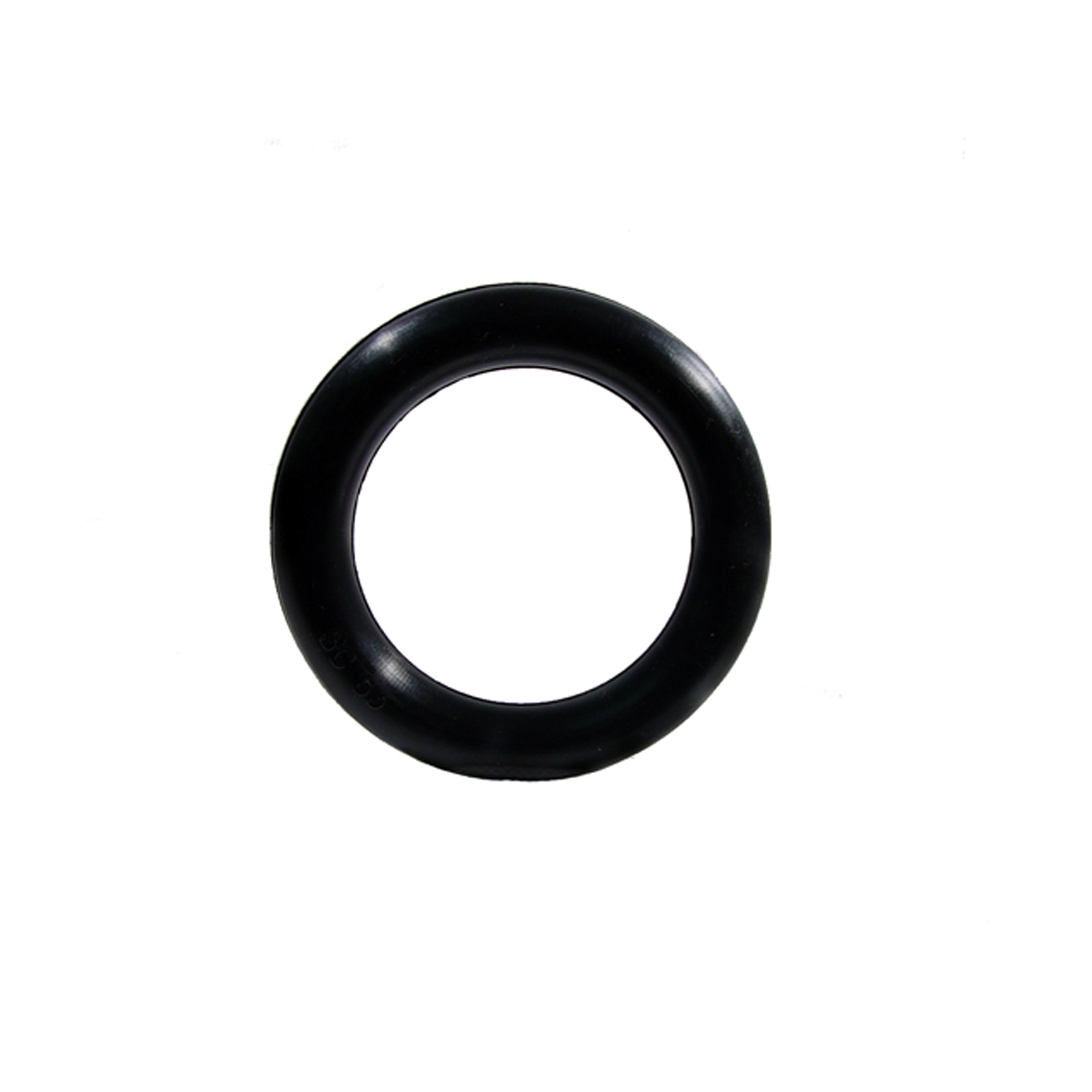 1963 Plymouth Fleet Special Lower Steering Column Seal. Each-SC 63Lower Steering Column Seal. Each
1963 Plymouth Fleet Special Lower Steering Column Seal. Each-SC 63Lower Steering Column Seal. Each 1963 Plymouth Fleet Special Nylon Lock Cylinder Gasket. 1-1/4" O.D., 7/8" I.D. Each-UM 2700-104Nylon Lock Cylinder Gasket. 1-1/4" O.D., 7/8" I.D. Each
1963 Plymouth Fleet Special Nylon Lock Cylinder Gasket. 1-1/4" O.D., 7/8" I.D. Each-UM 2700-104Nylon Lock Cylinder Gasket. 1-1/4" O.D., 7/8" I.D. EachWhy Choose Metro?
For over 100 years, Metro Moulded Parts has been the pinnacle of quality in classic car restoration parts. Our commitment to precision and authenticity in every component ensures a perfect fit and an OEM-level appearance.
- Expert Craftsmanship & Quality: Each part is a testament to our dedication to reliability and perfection, crafted from original designs and thoroughly tested.
- Advanced Technology: We use cutting-edge techniques to create flawless, long-lasting parts that surpass others in performance.
- SuperSoft Sponge – The Ultimate Door Seal: Not only are our door seals 30% softer than competitors', but they're also guaranteed to never leak. They effectively reduce wind and road noise, enhancing your classic car's comfort and driving experience.
- Proudly American: Our parts are a product of American craftsmanship, made in the USA with a spirit of excellence and heritage.
- Unrivaled Warranty: We back our products with a 30-year industry-leading warranty, a testament to our confidence in their quality.
Join us in preserving the legacy of classic cars with parts that are crafted for perfection, not just made.

